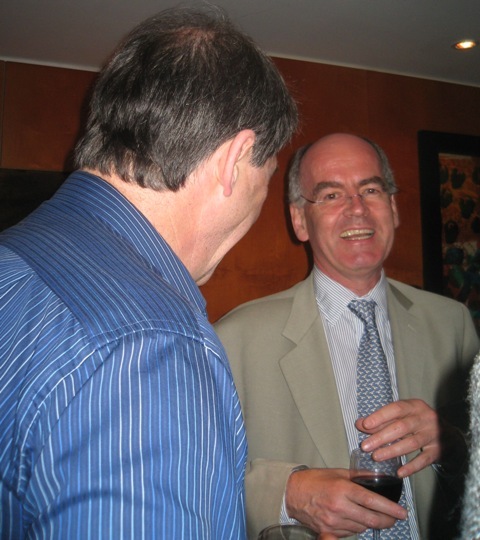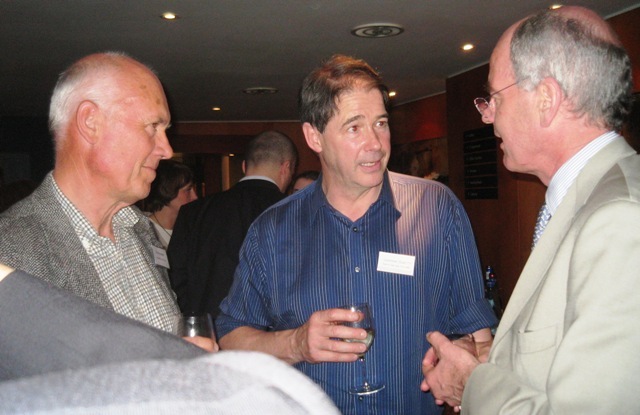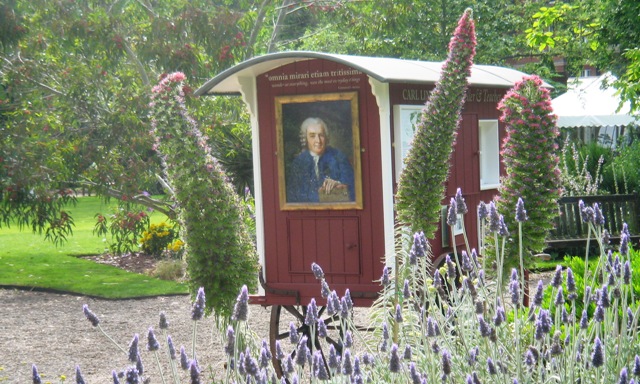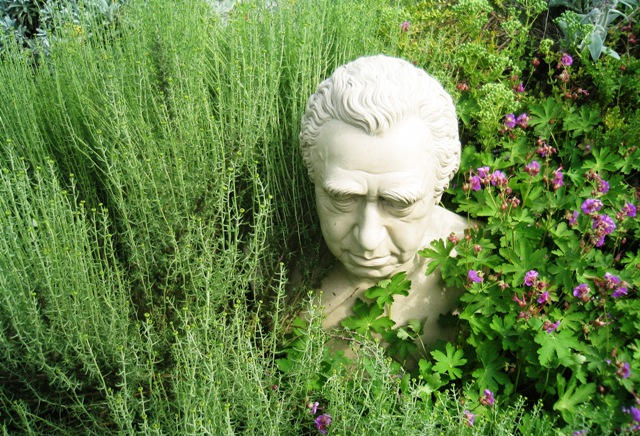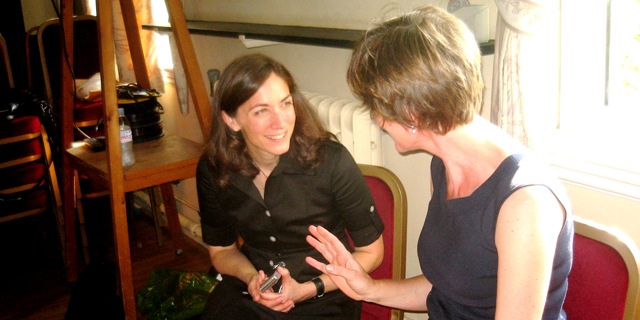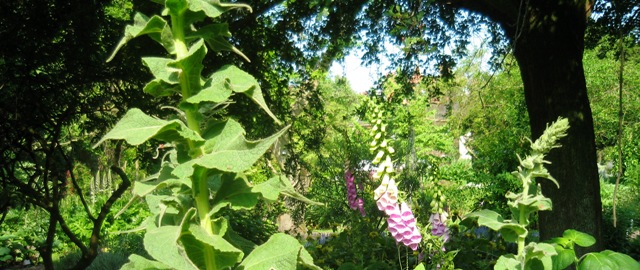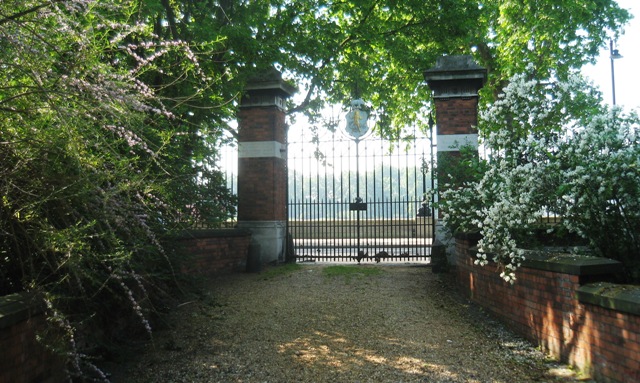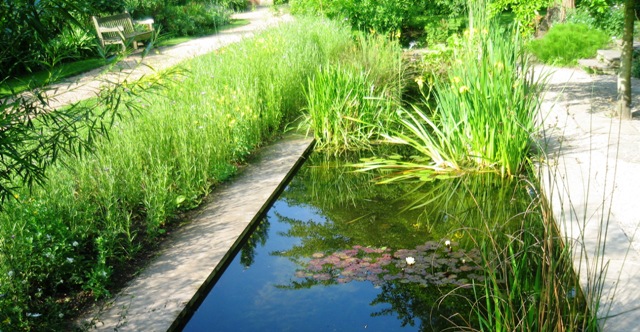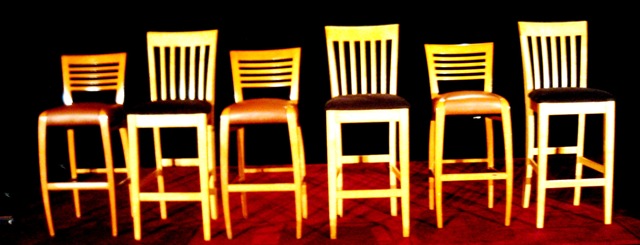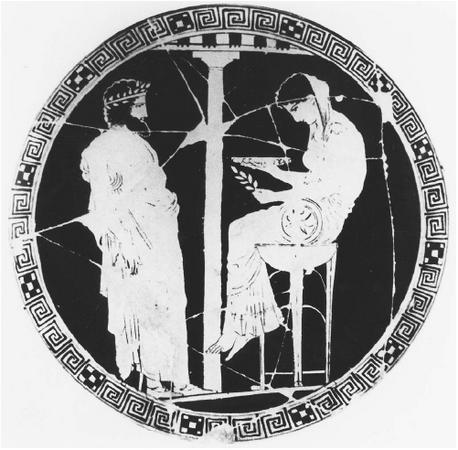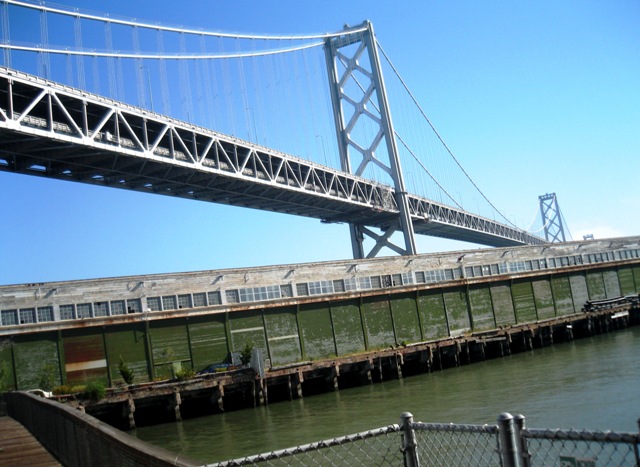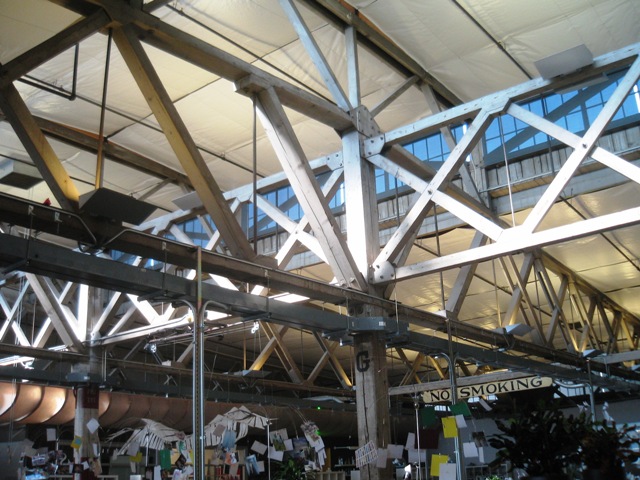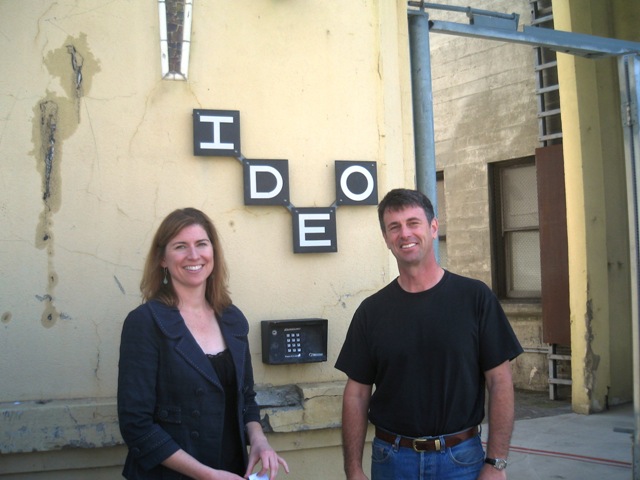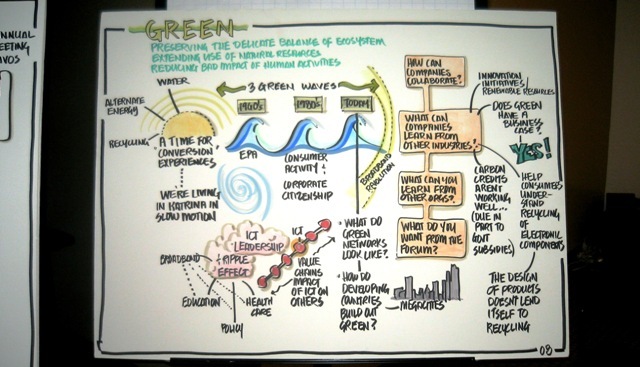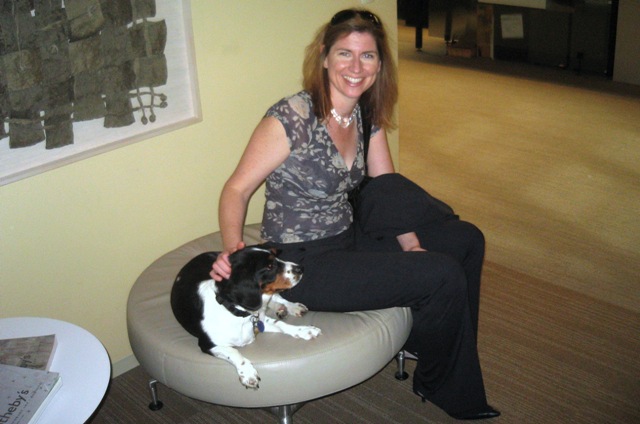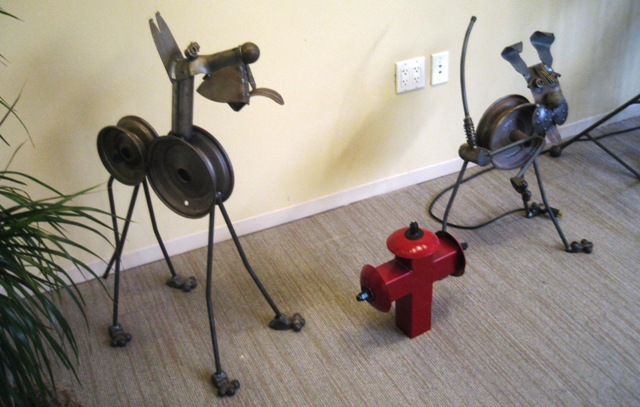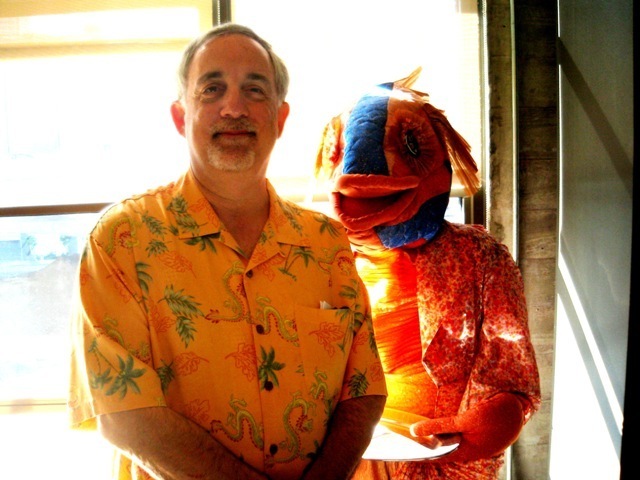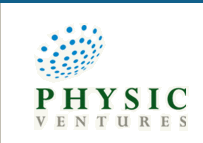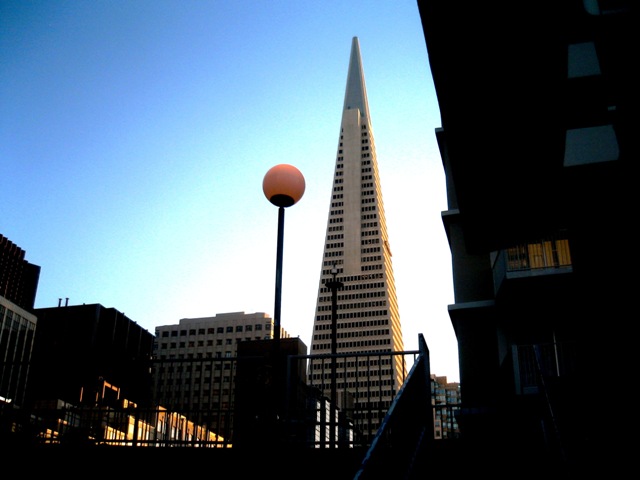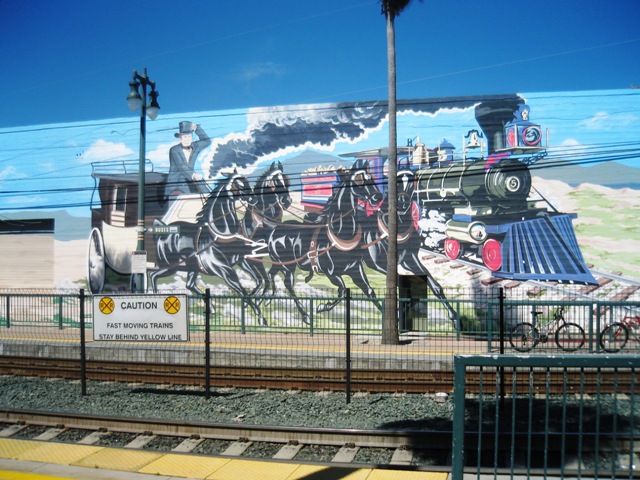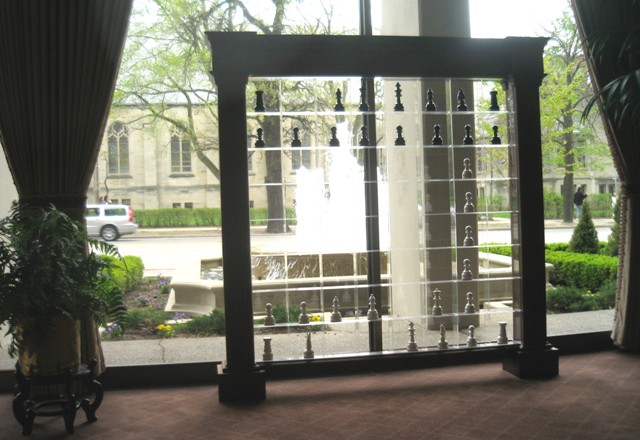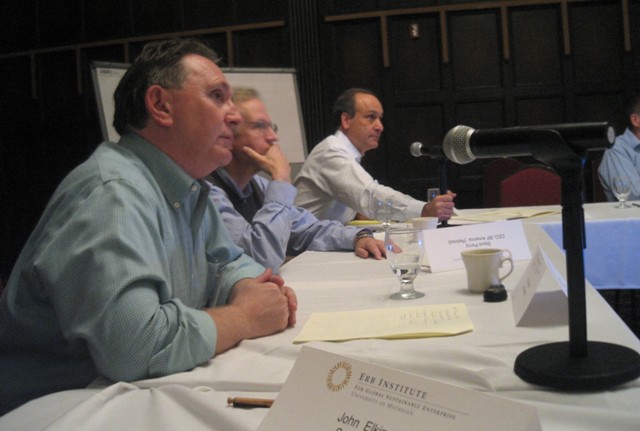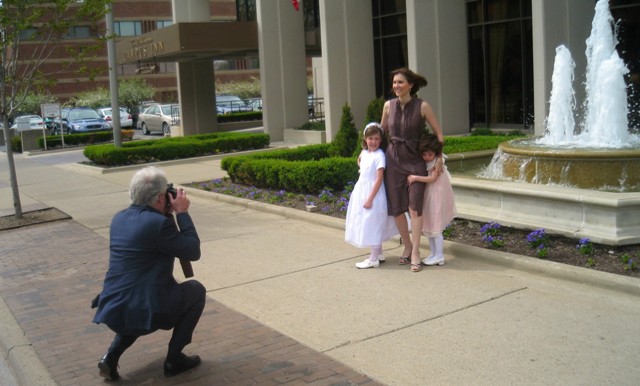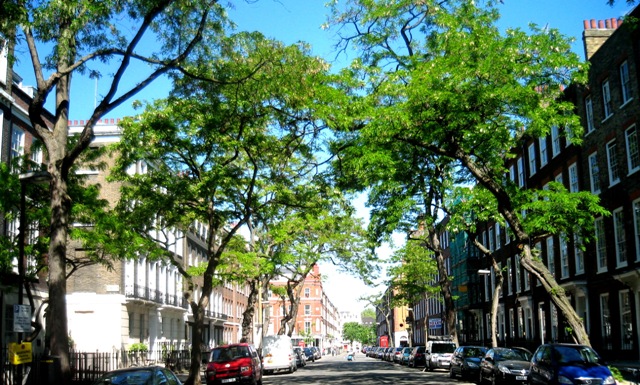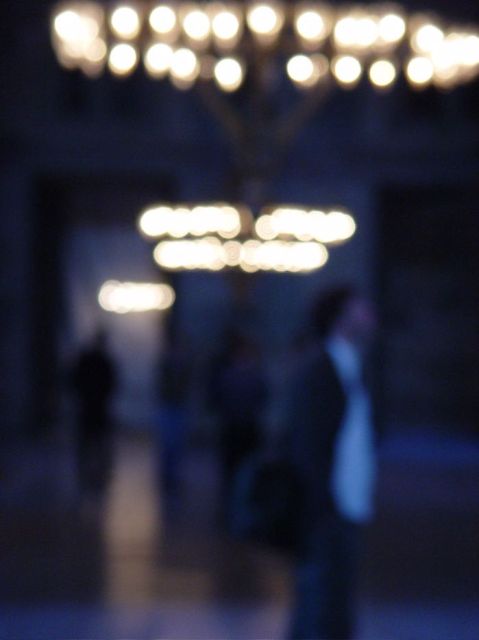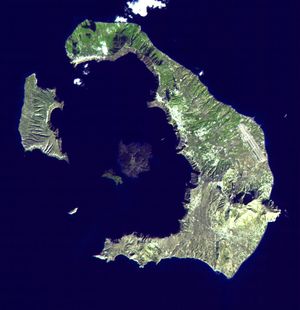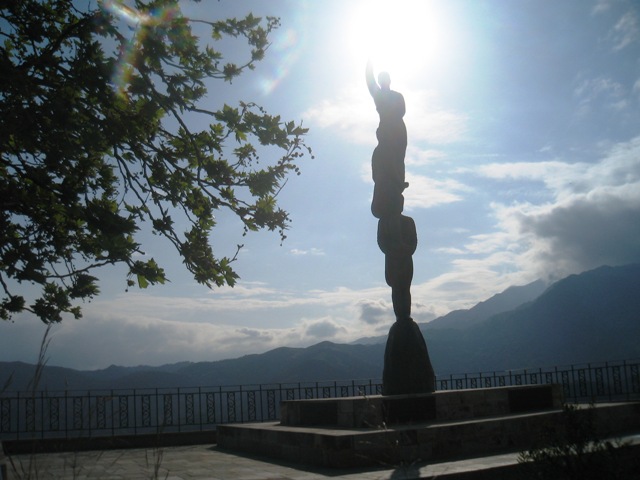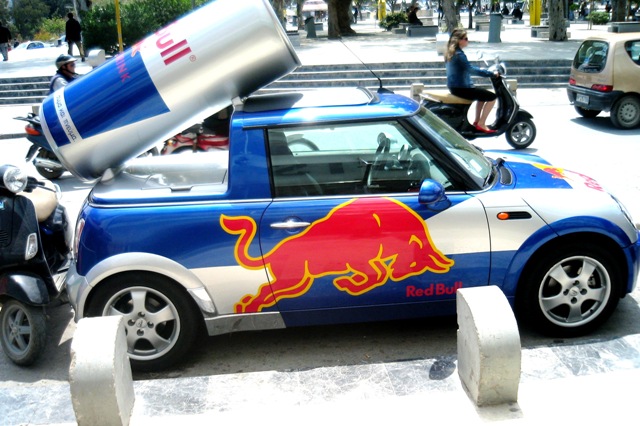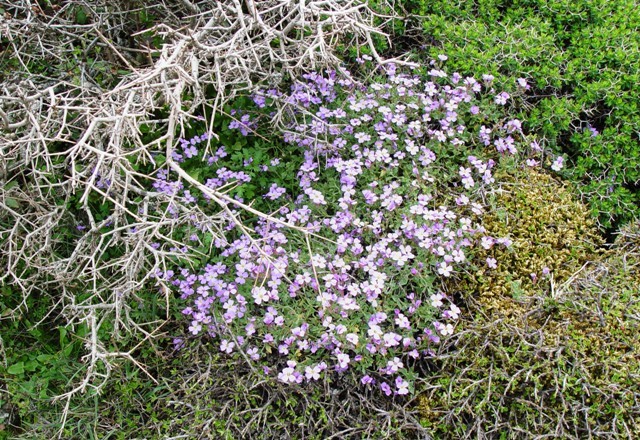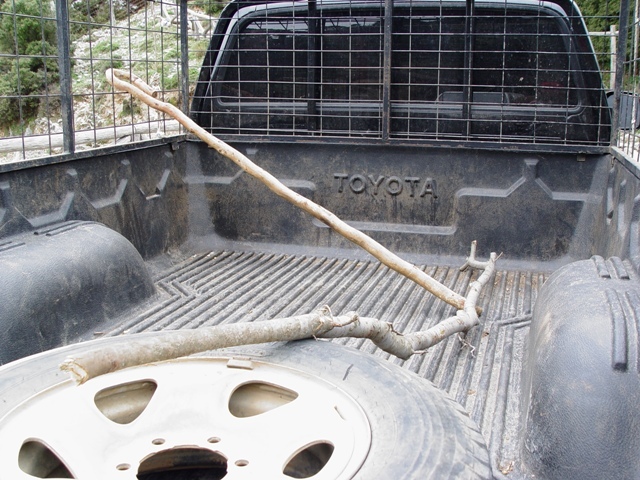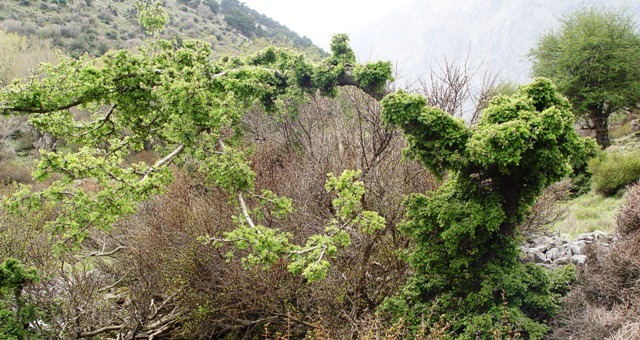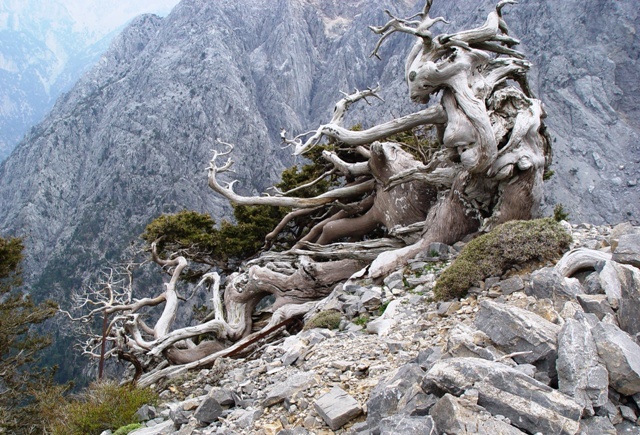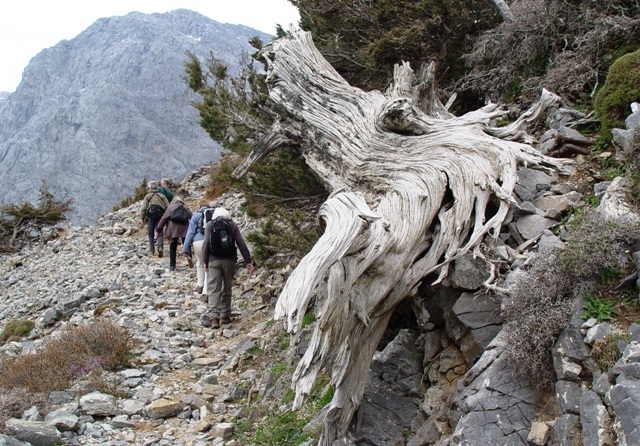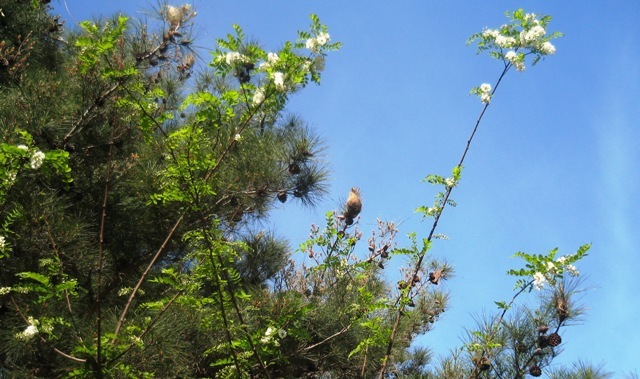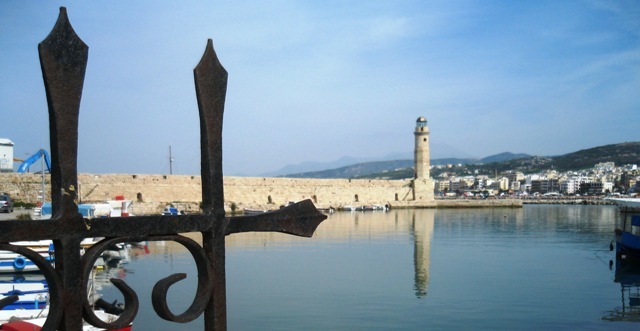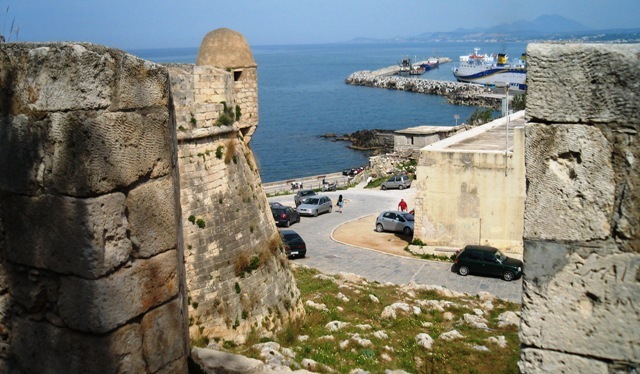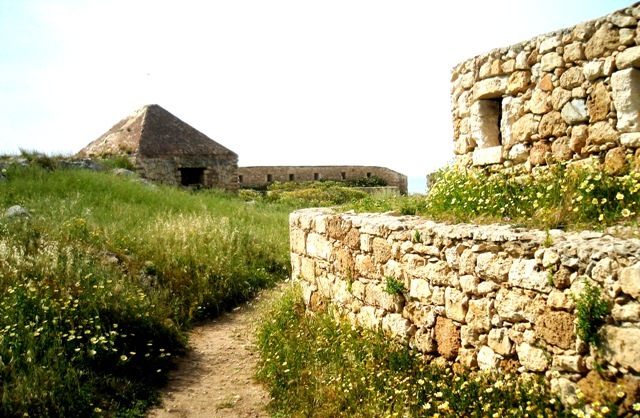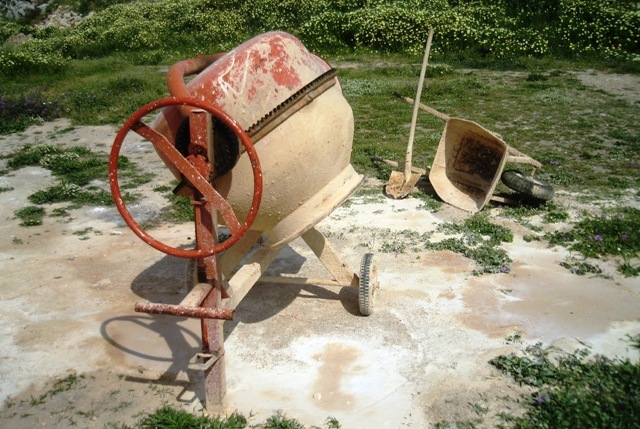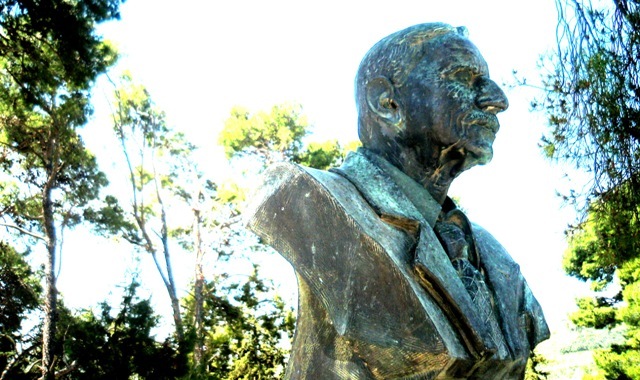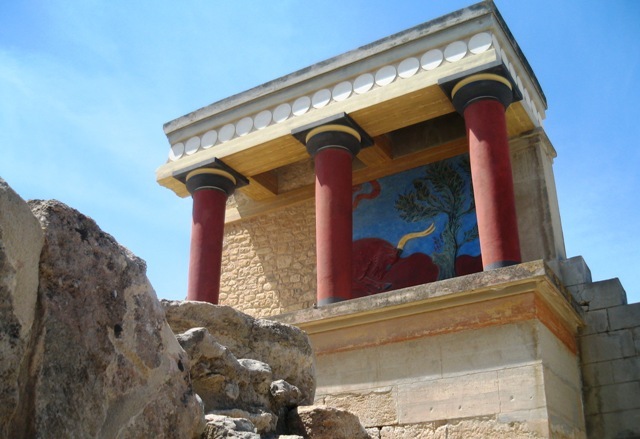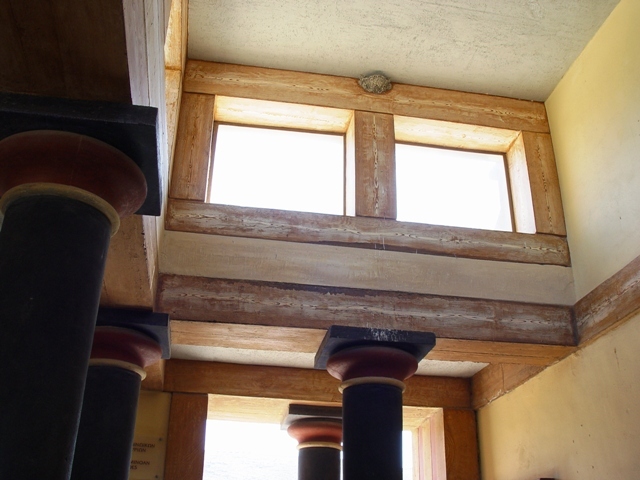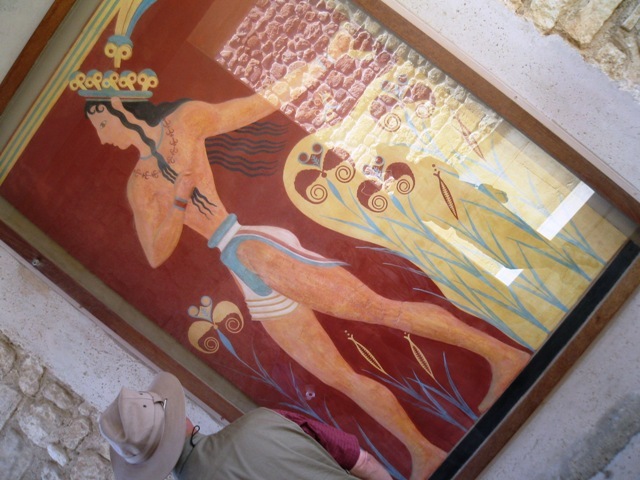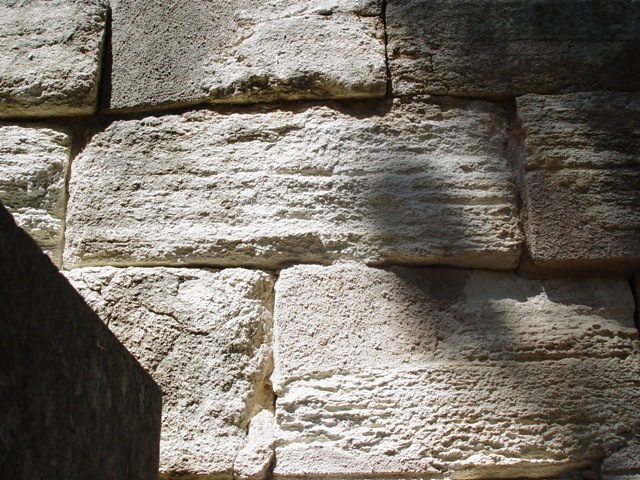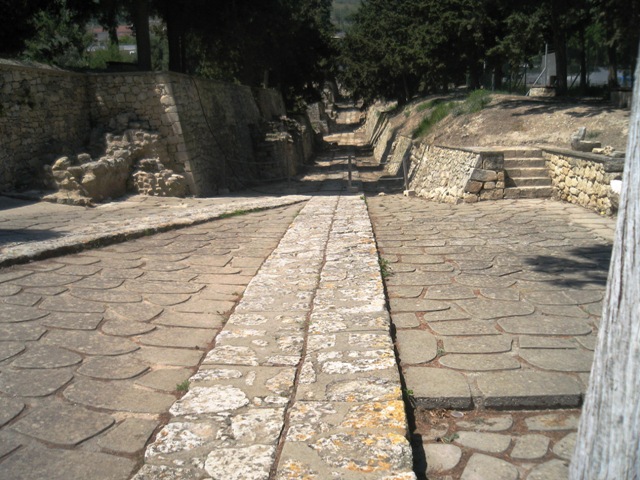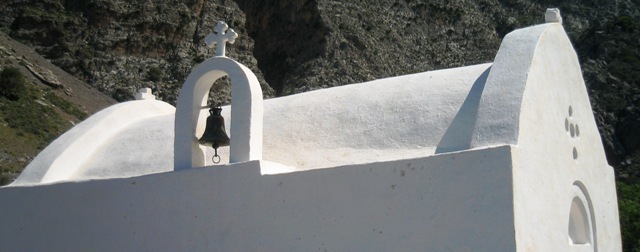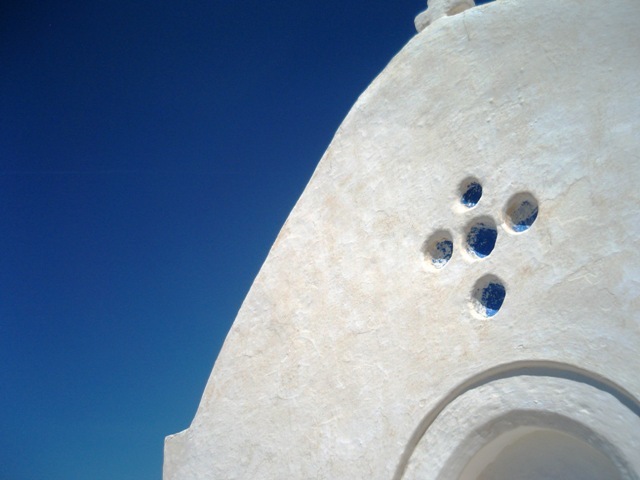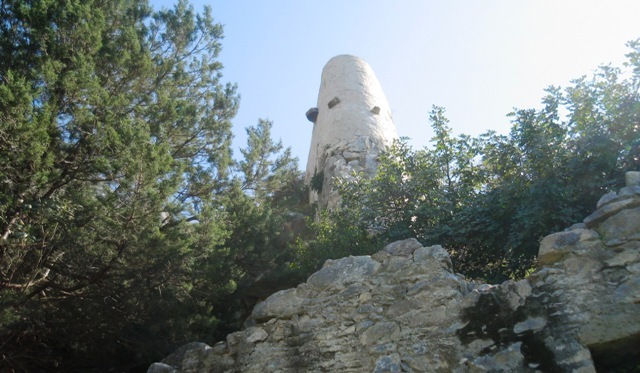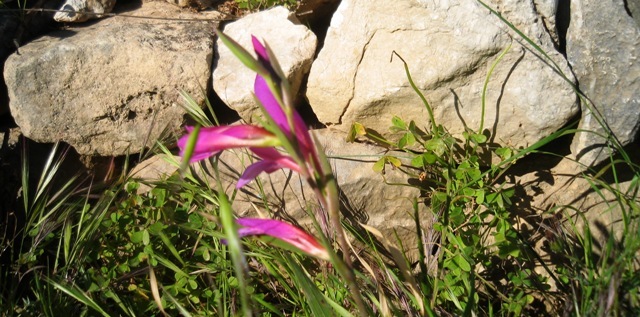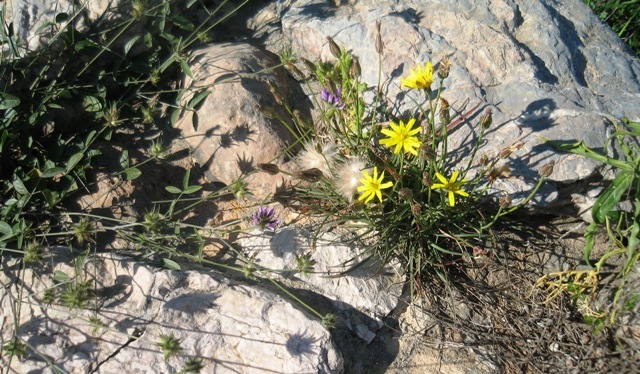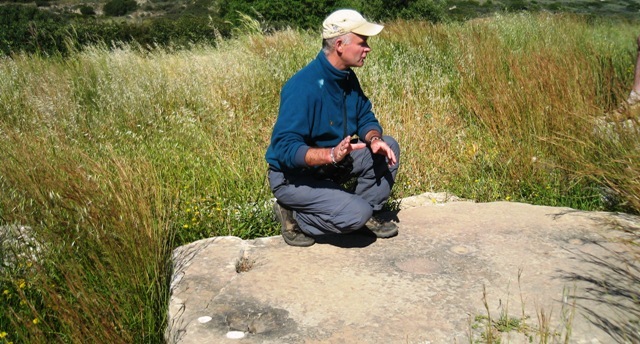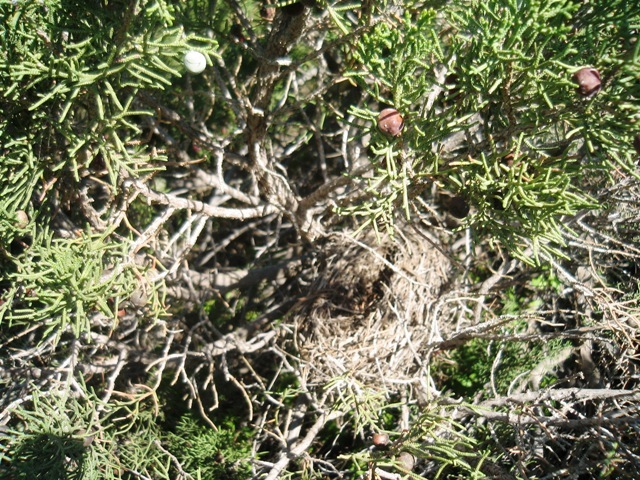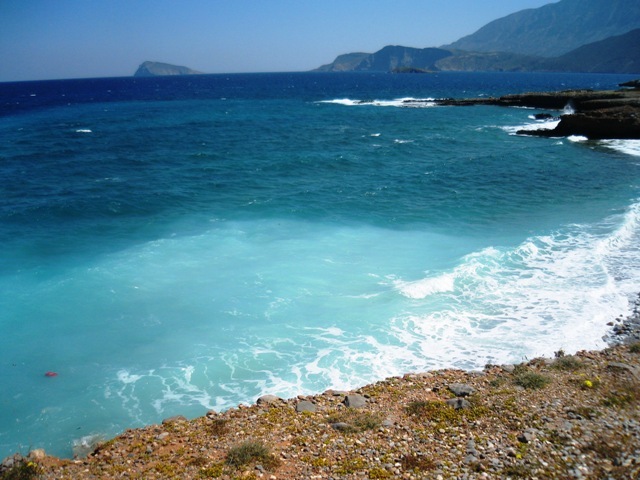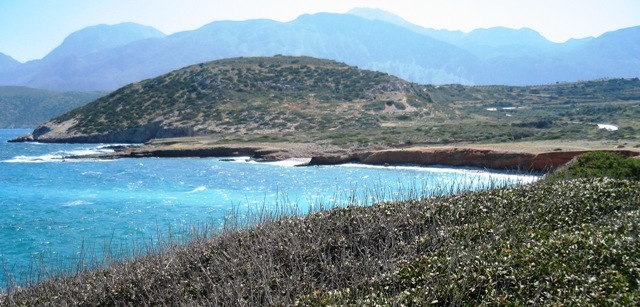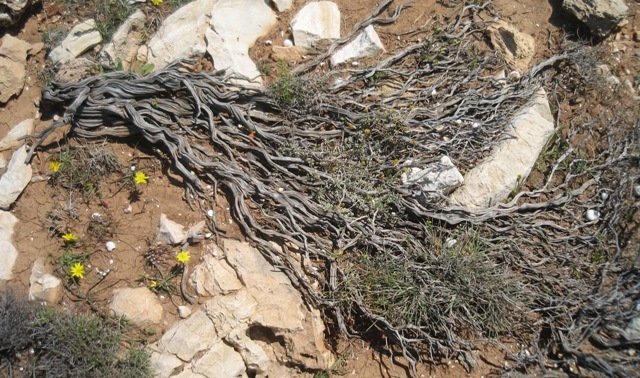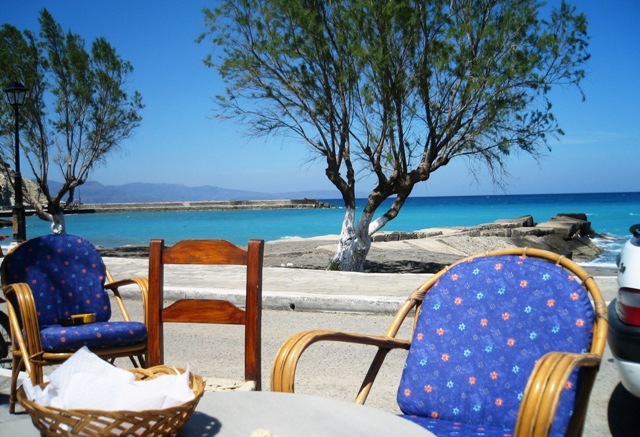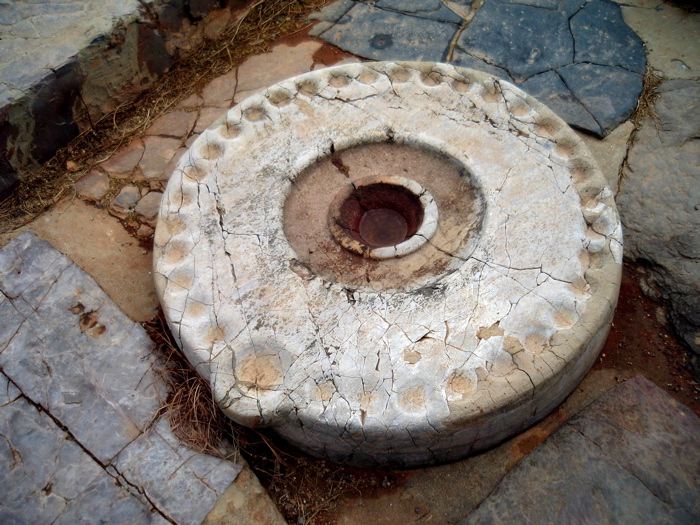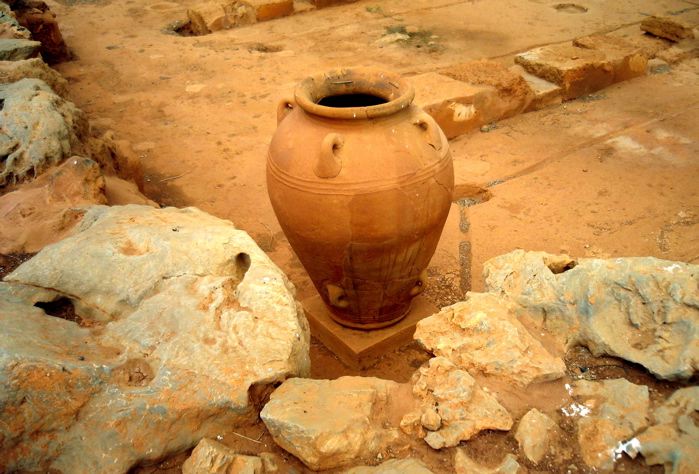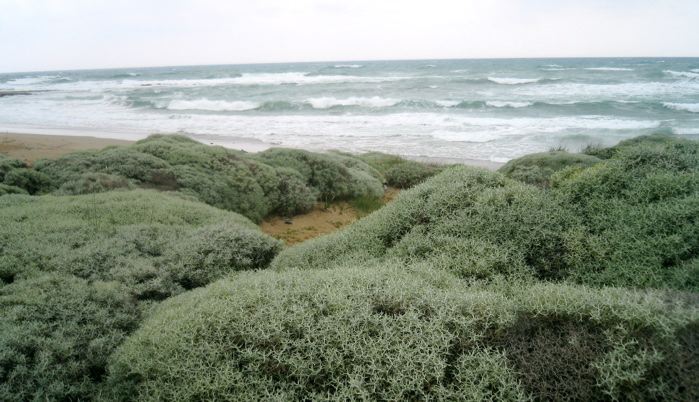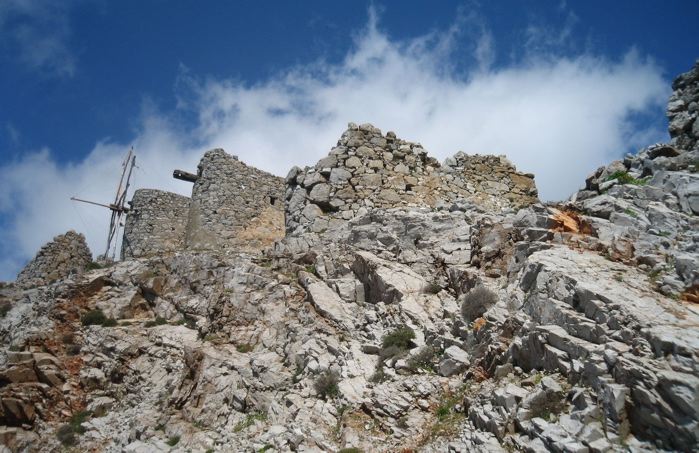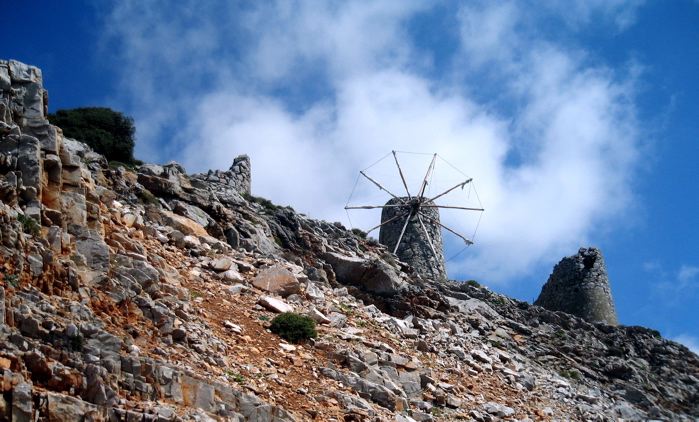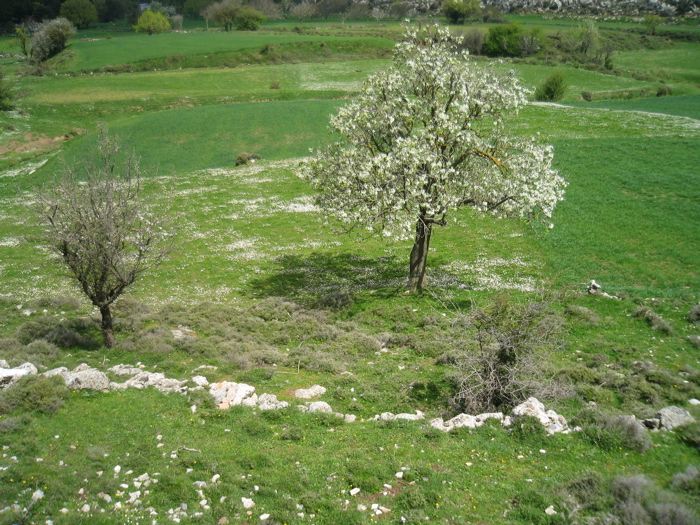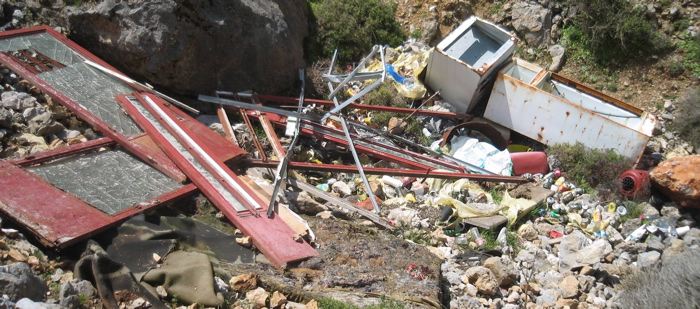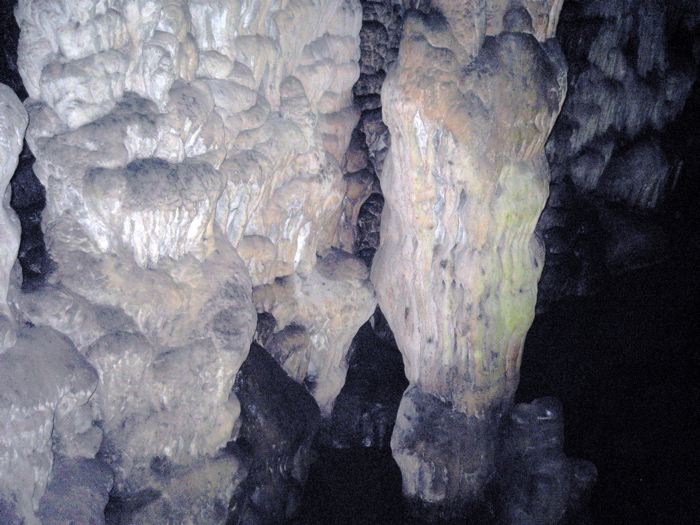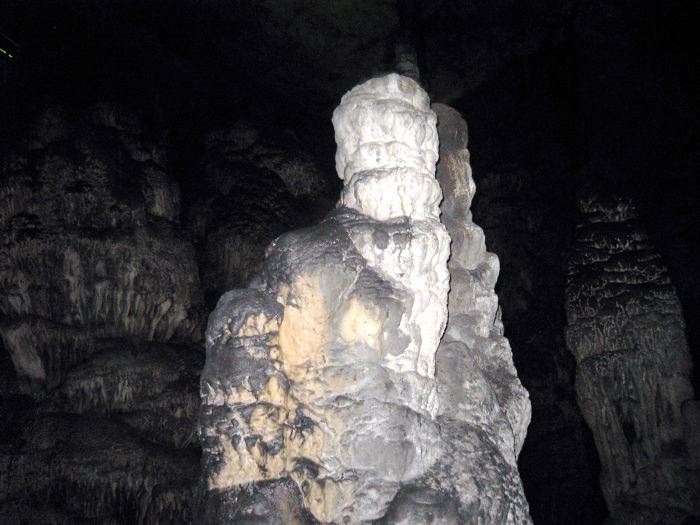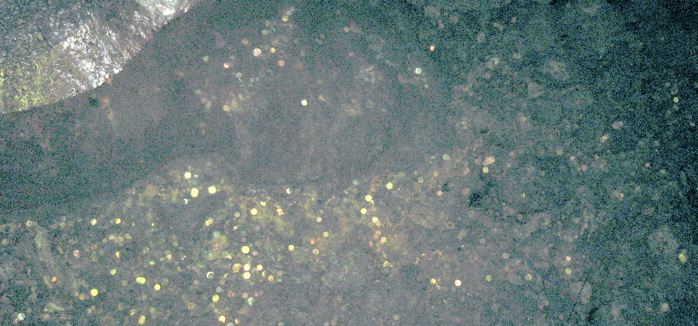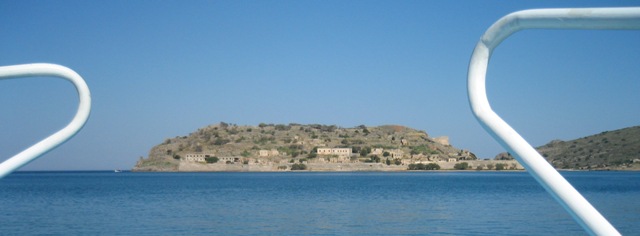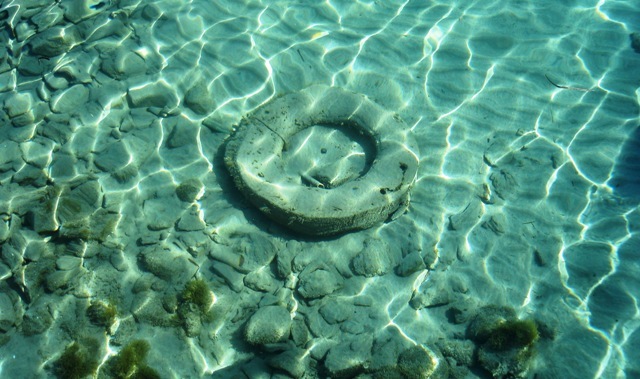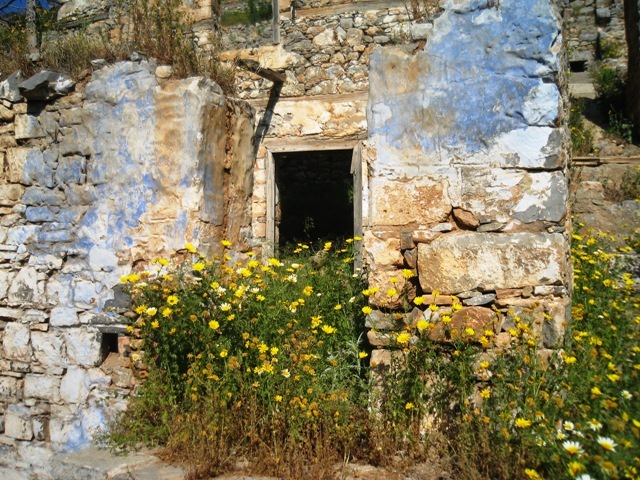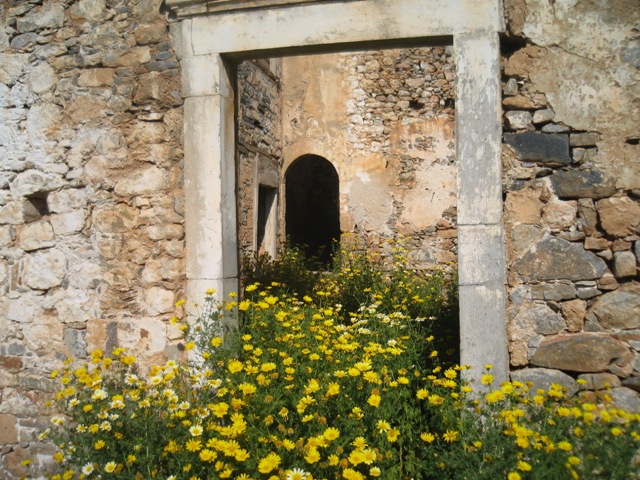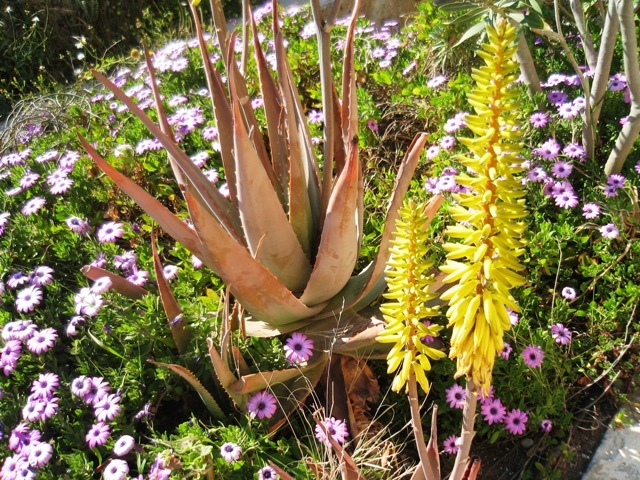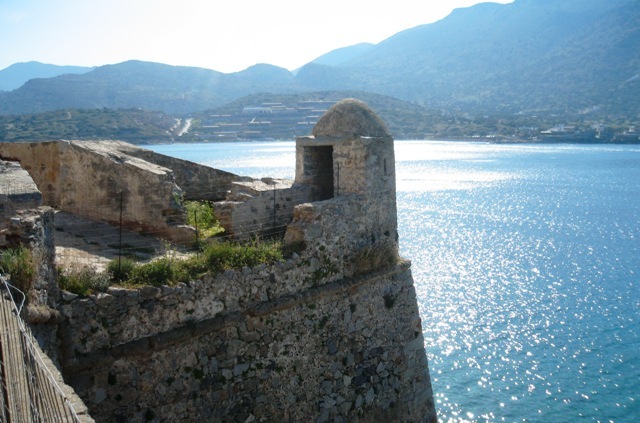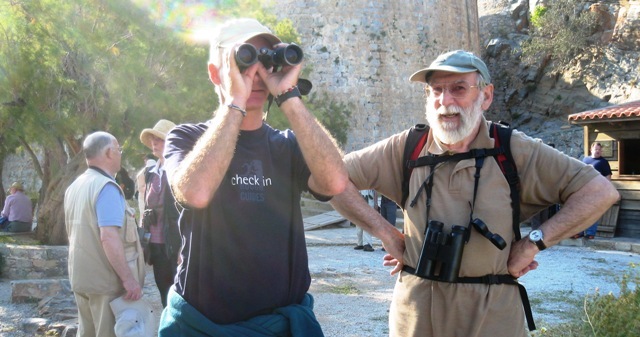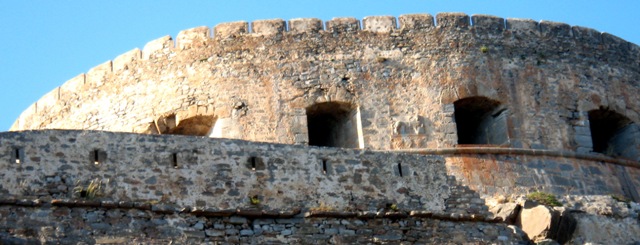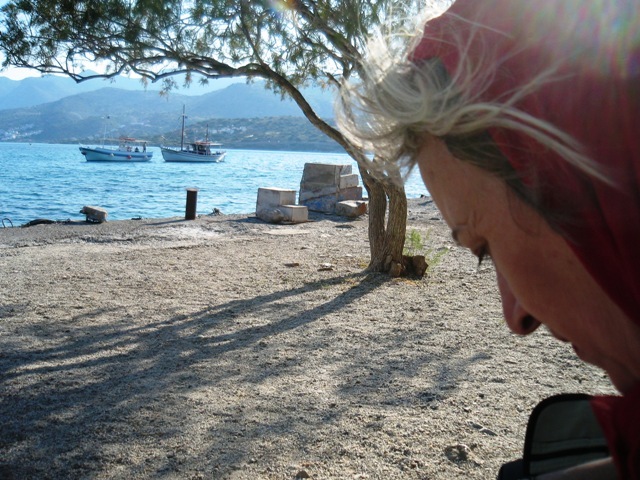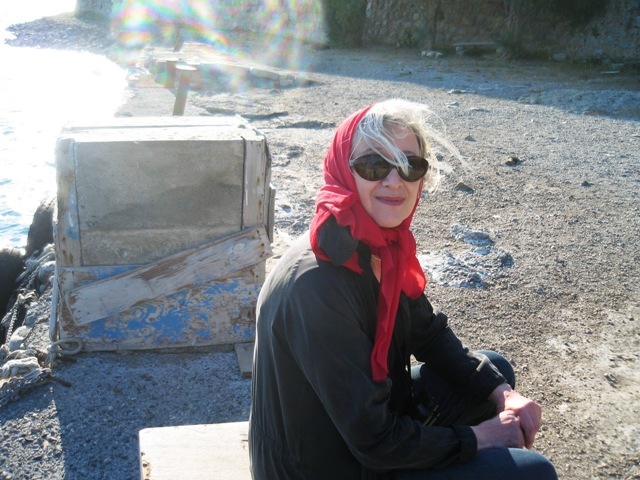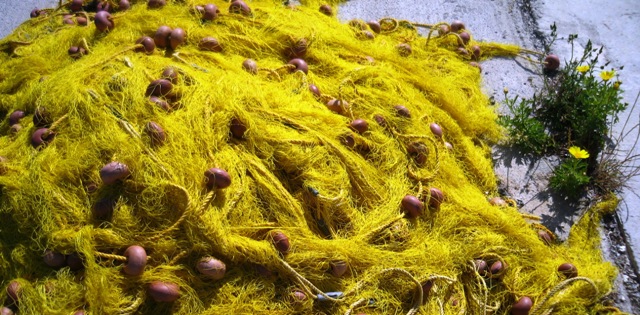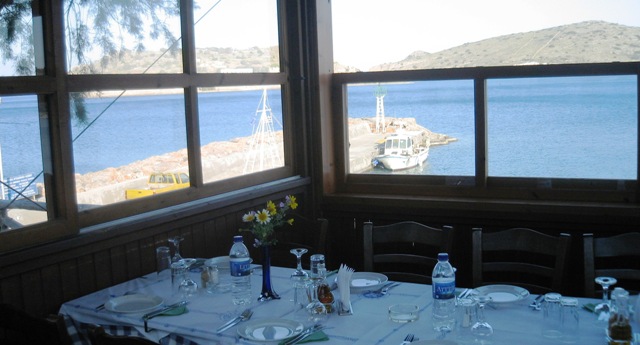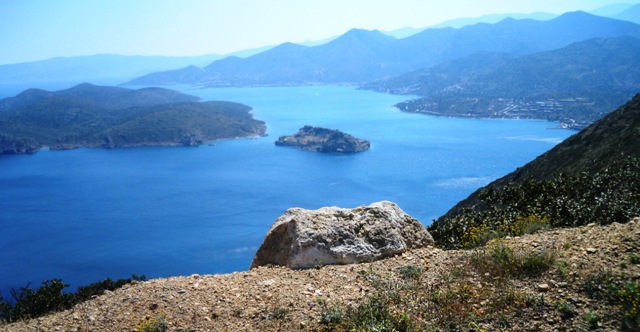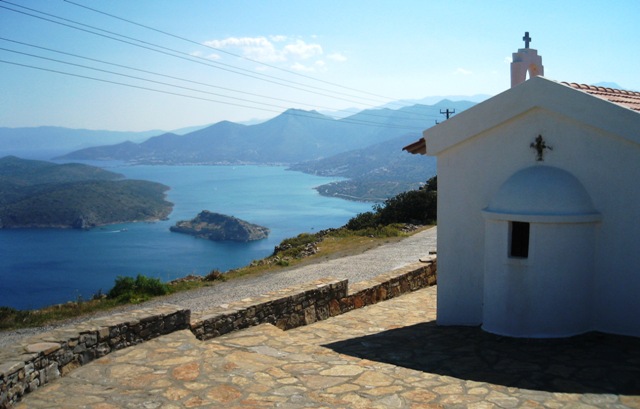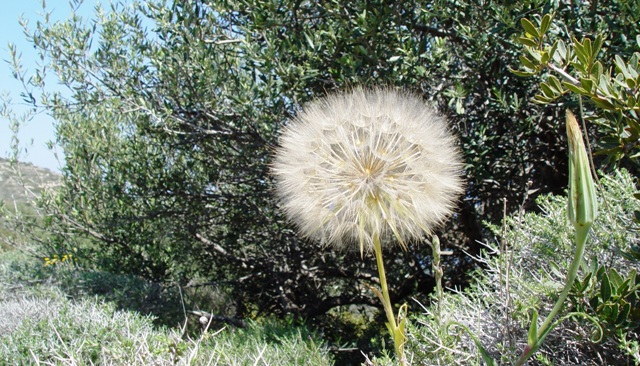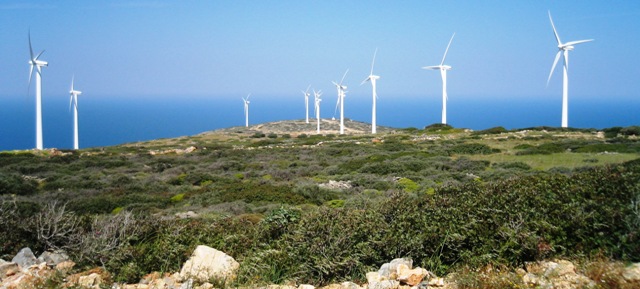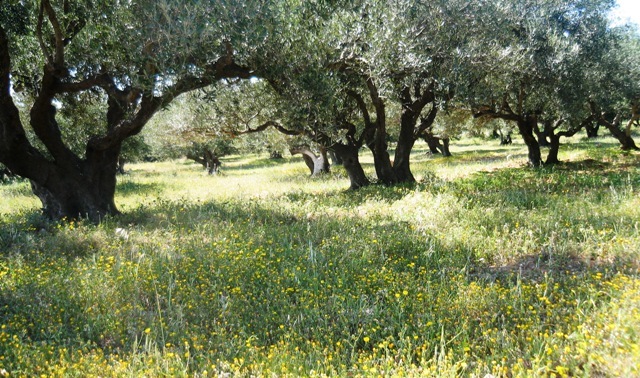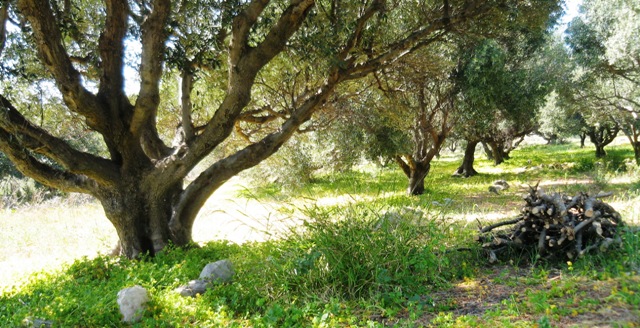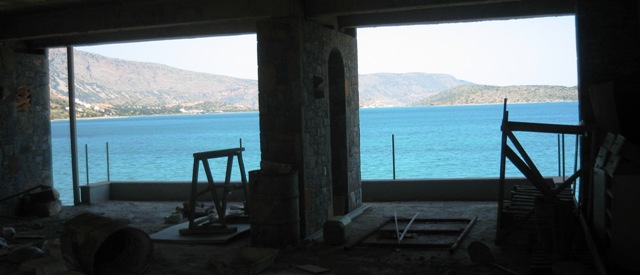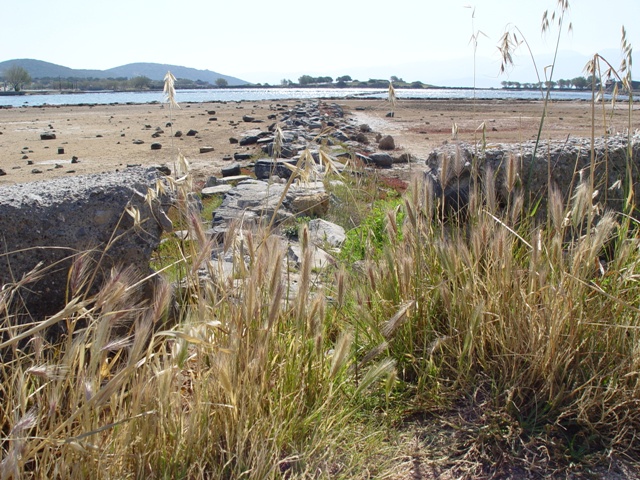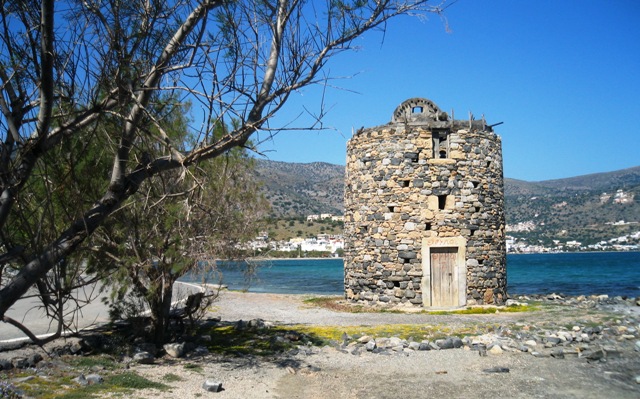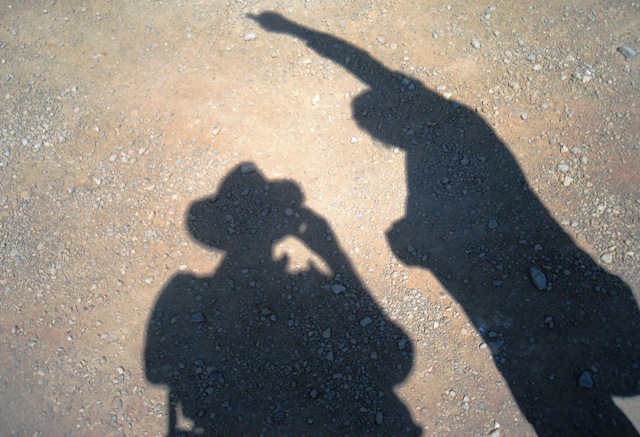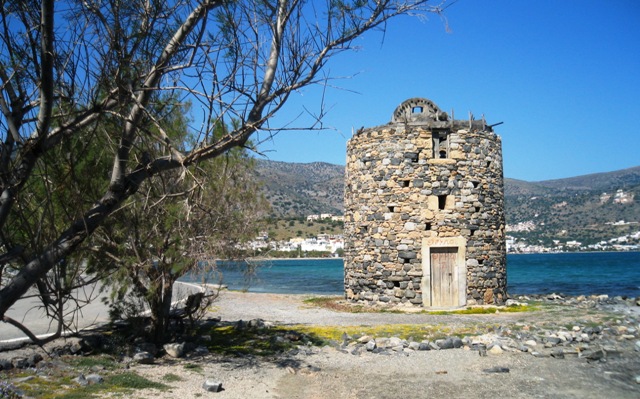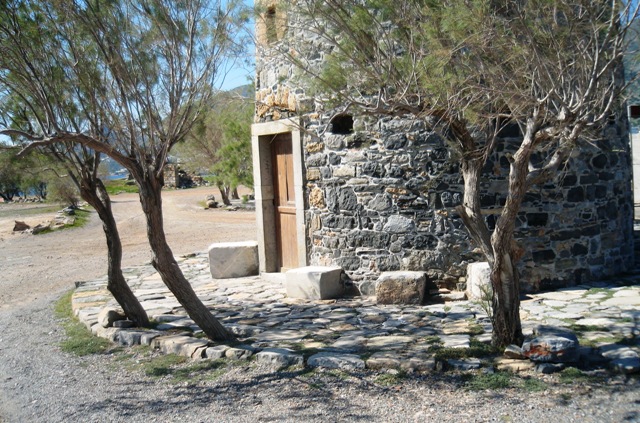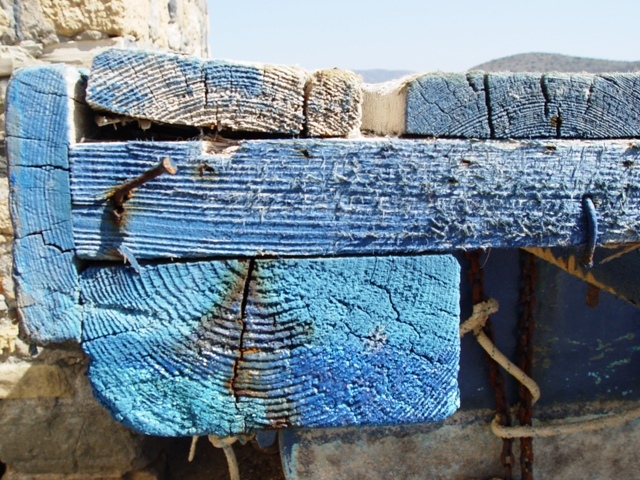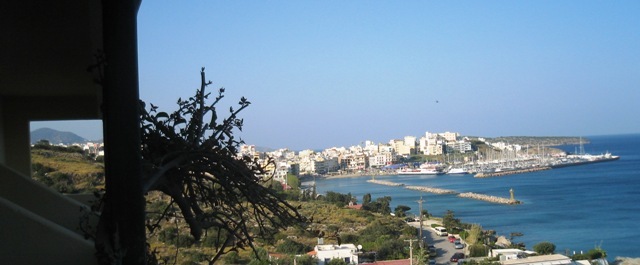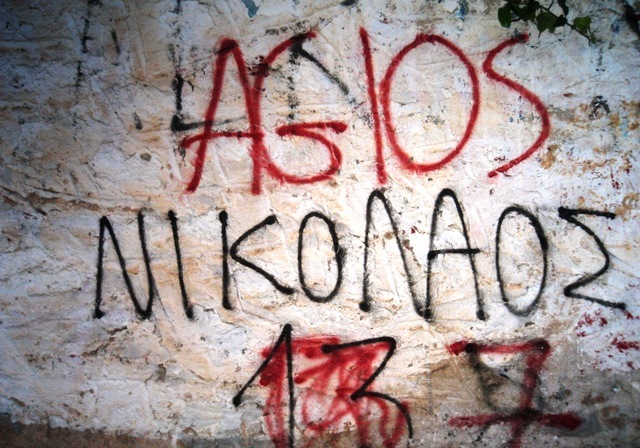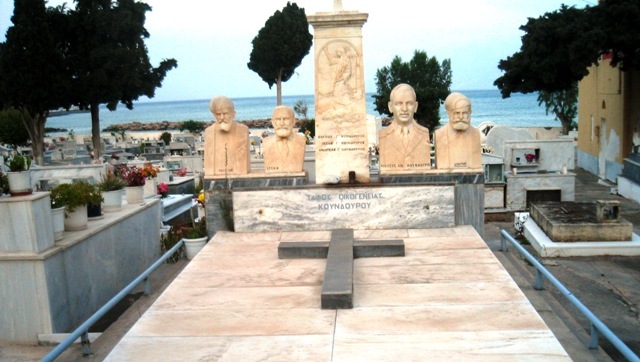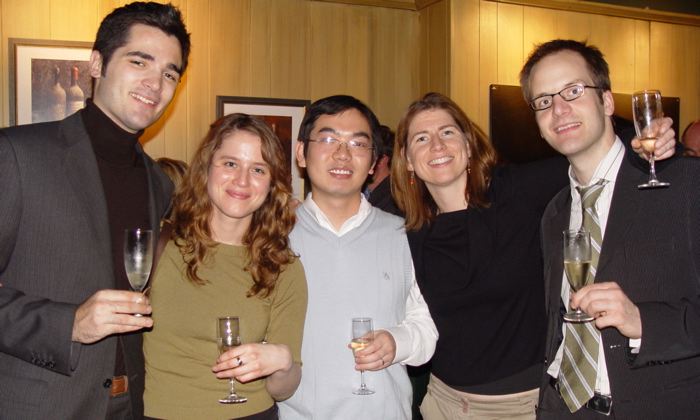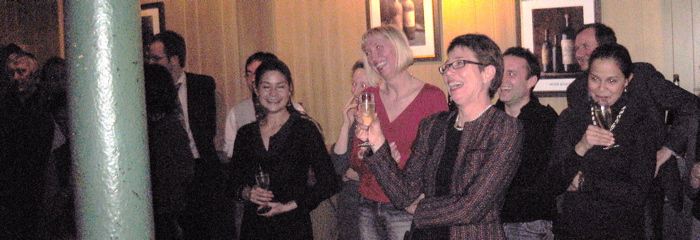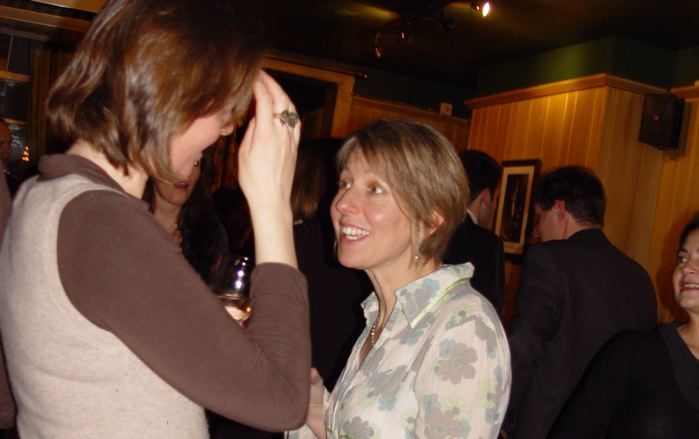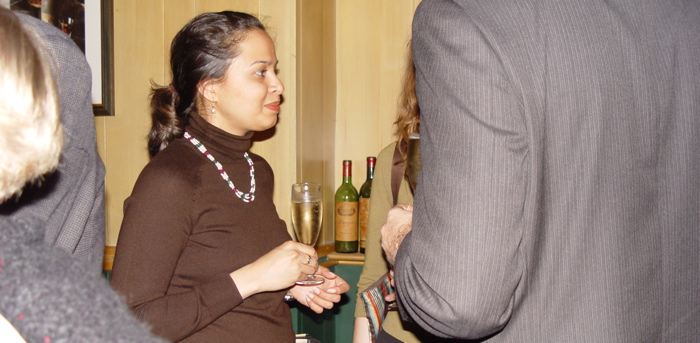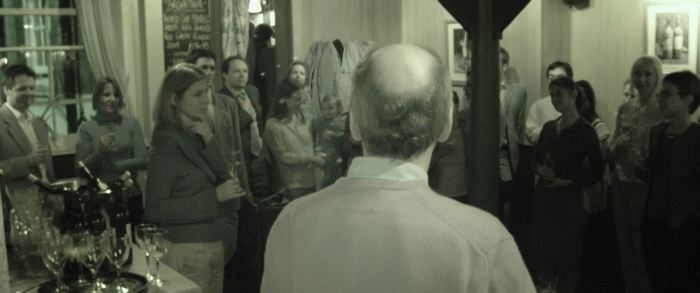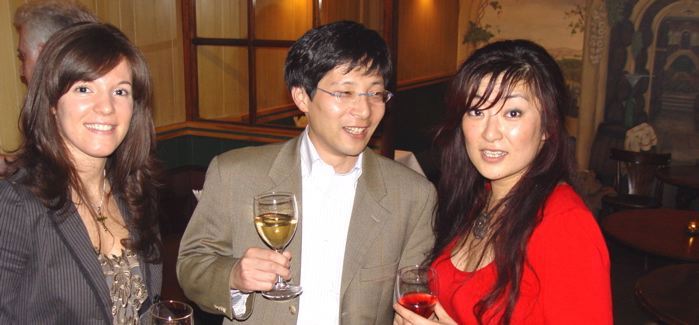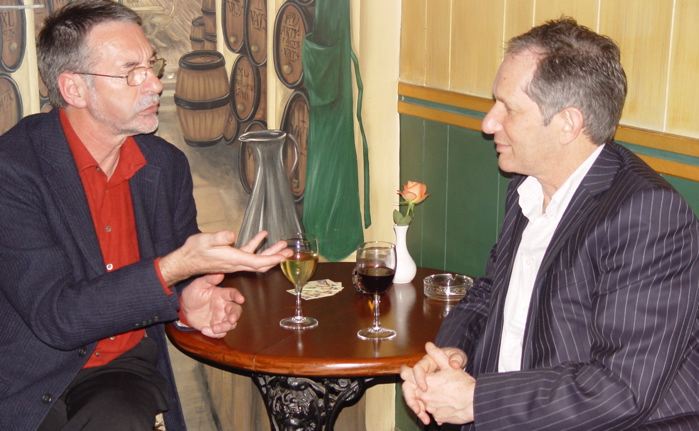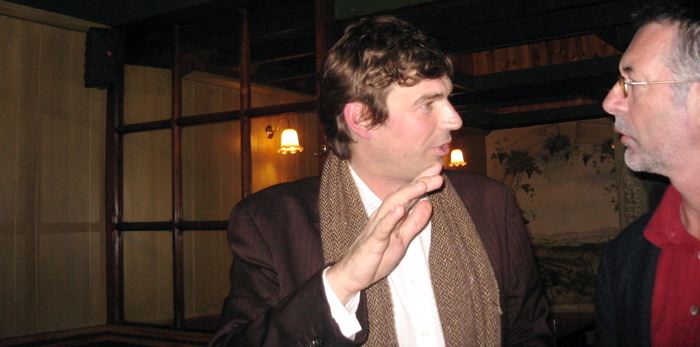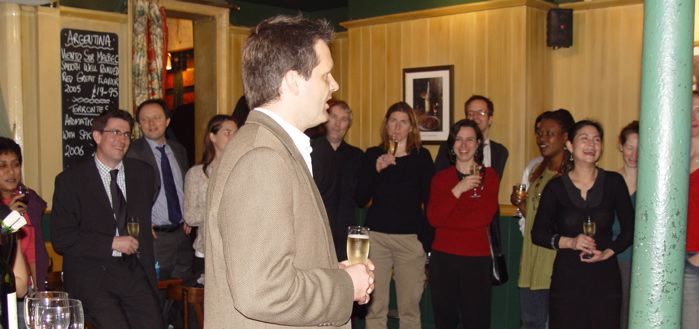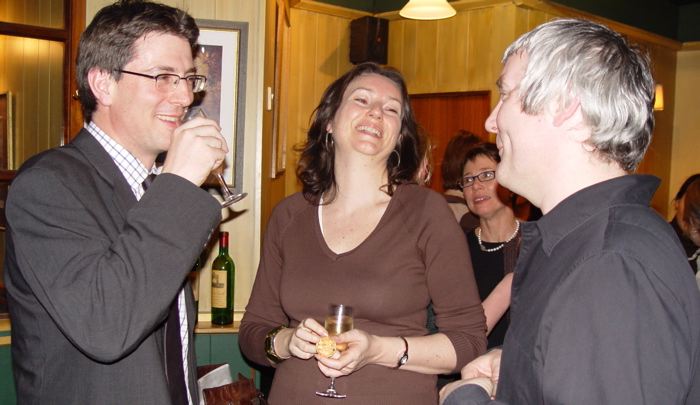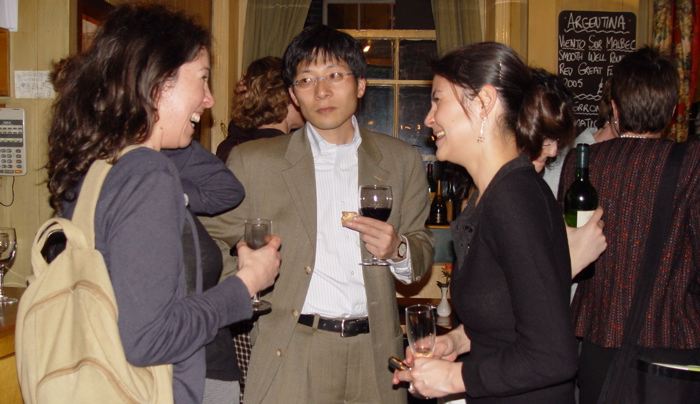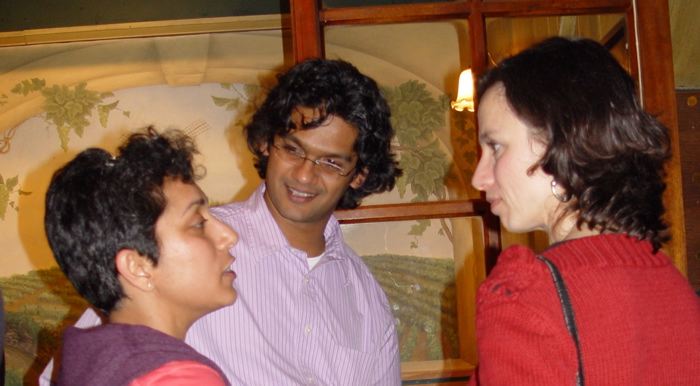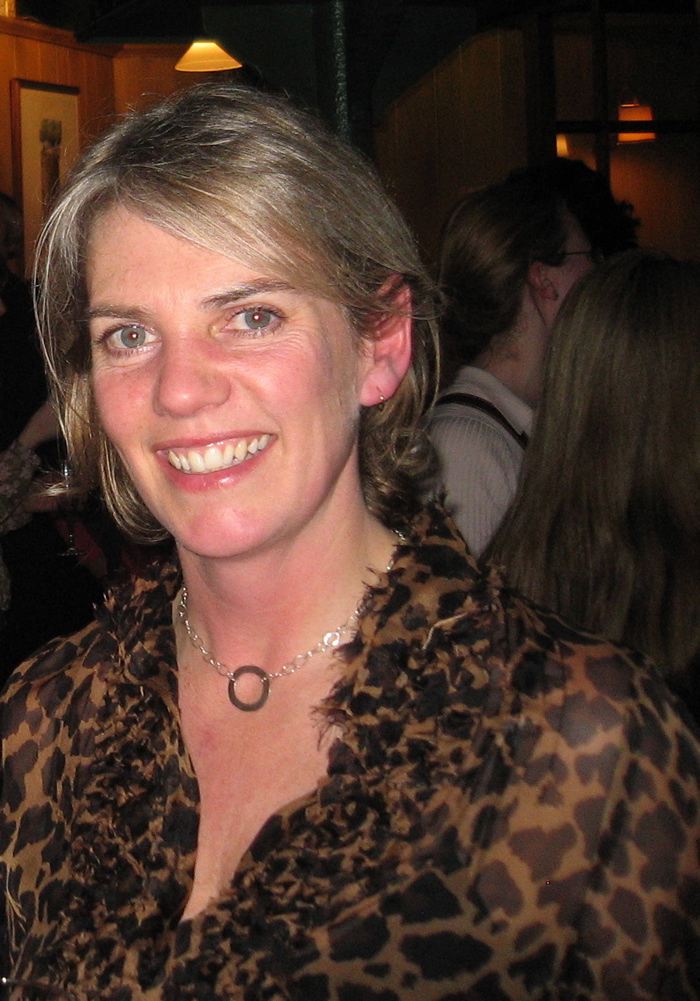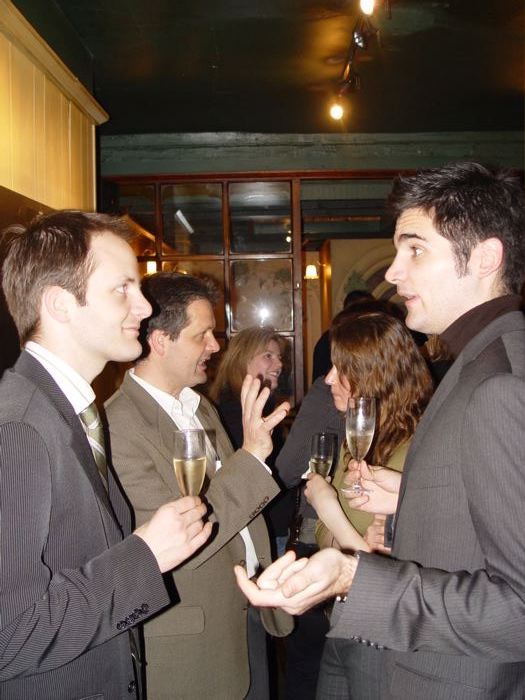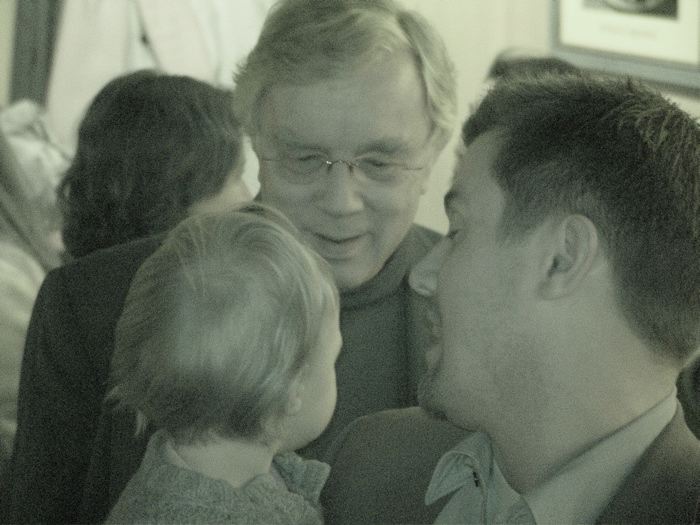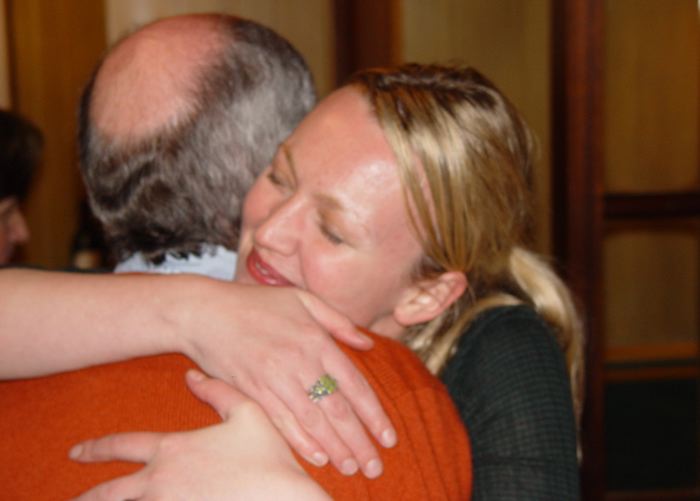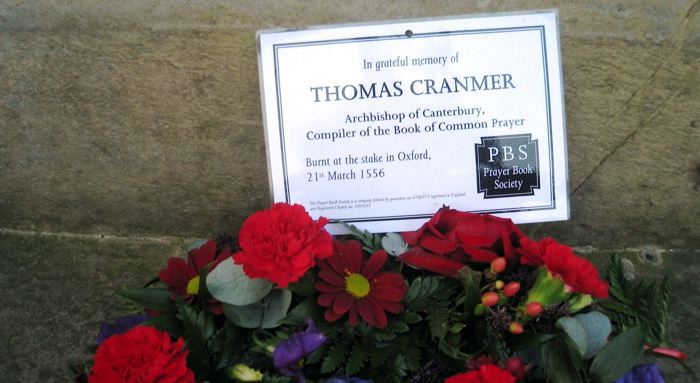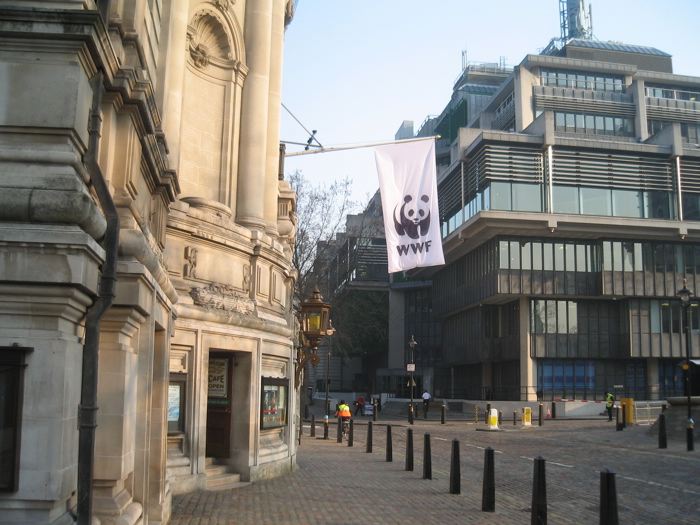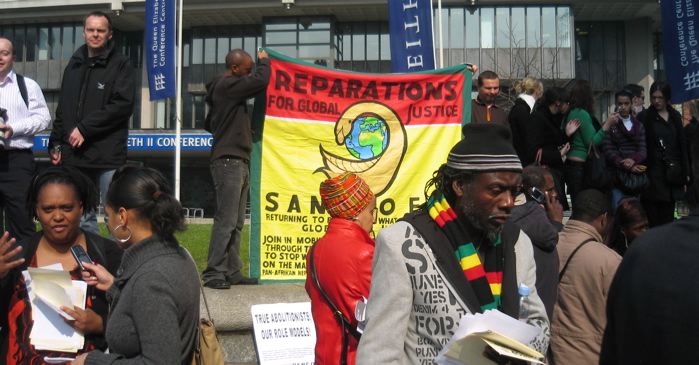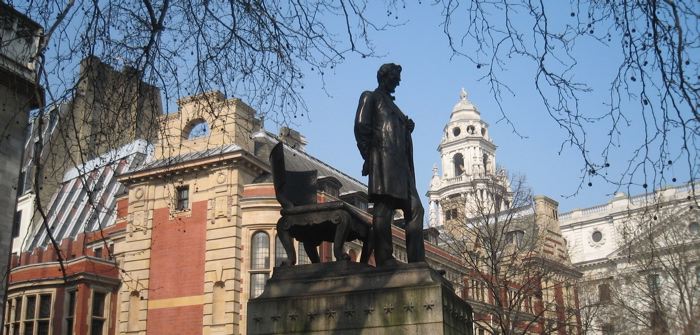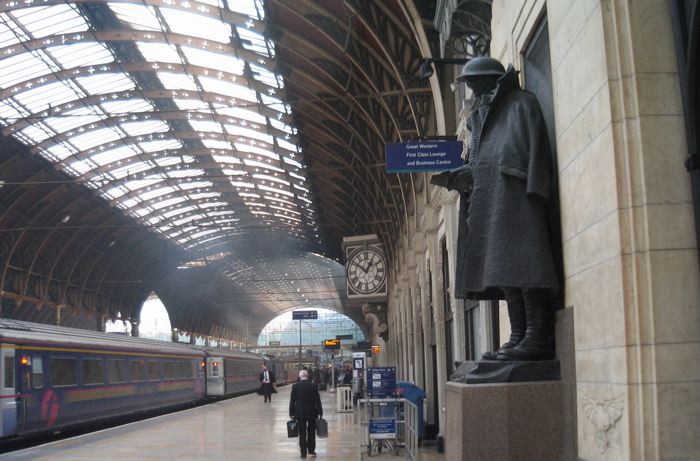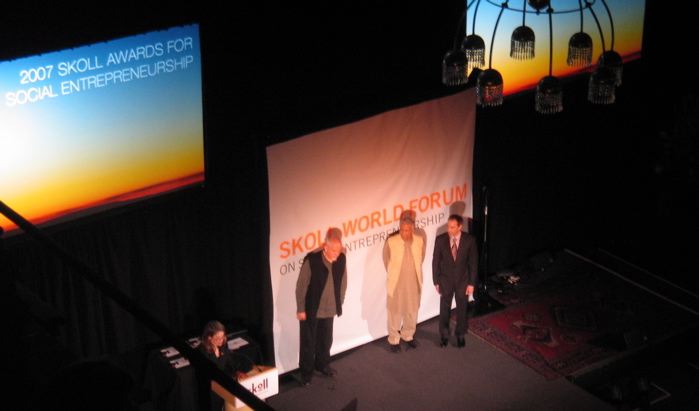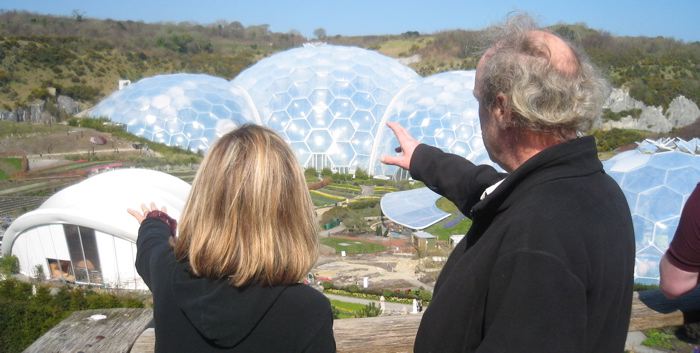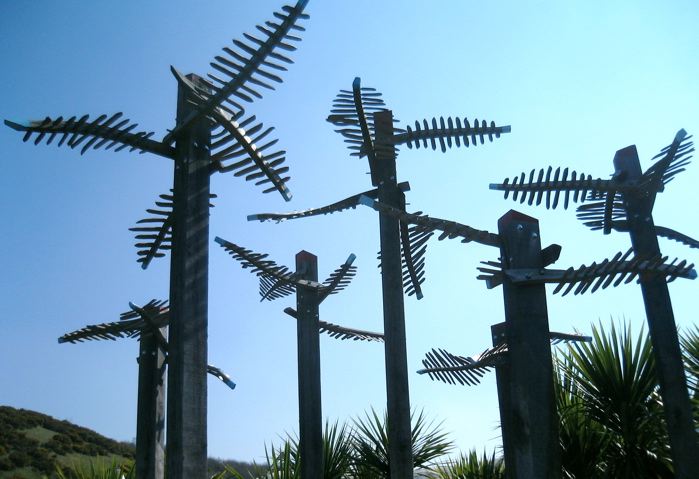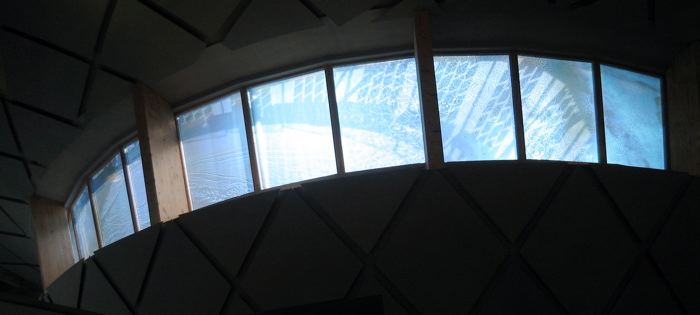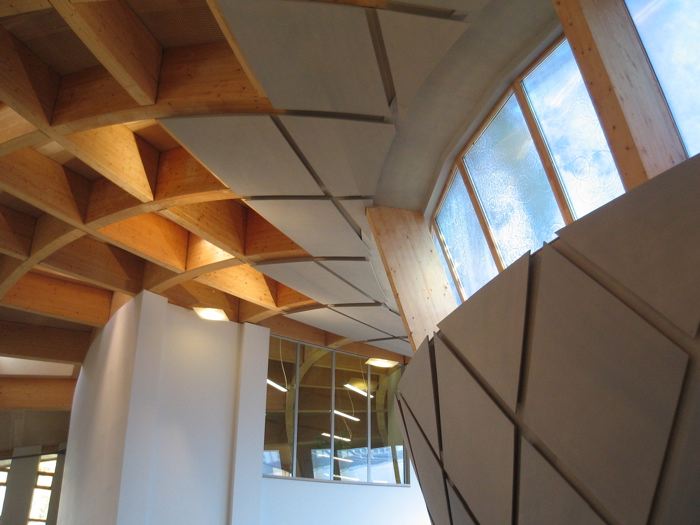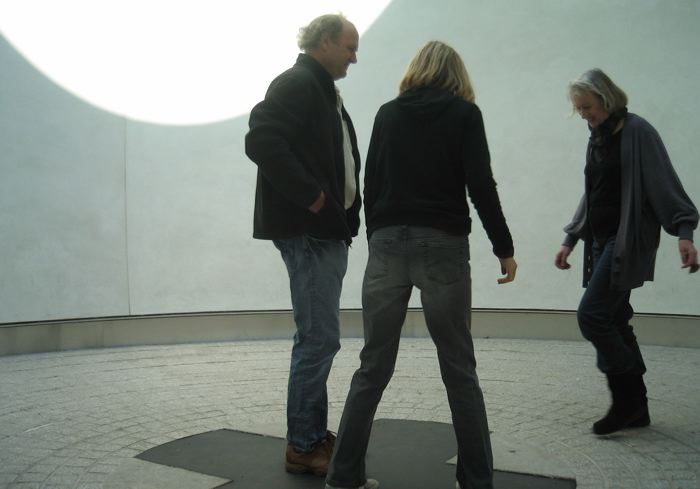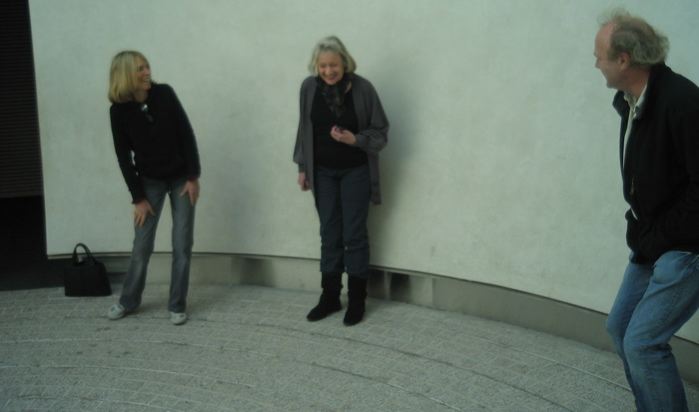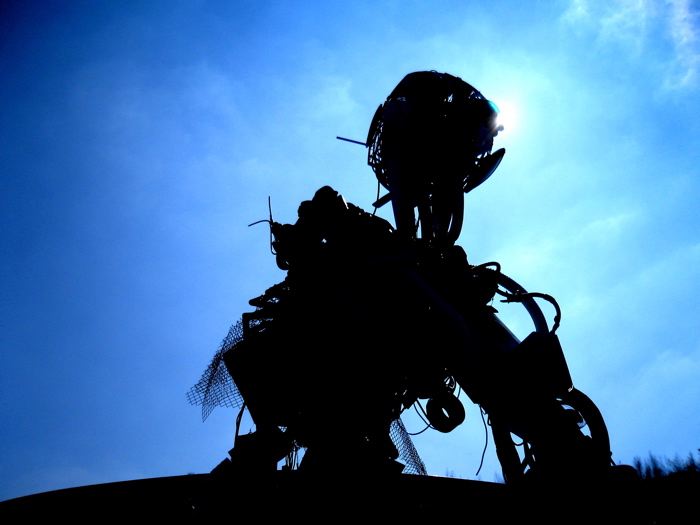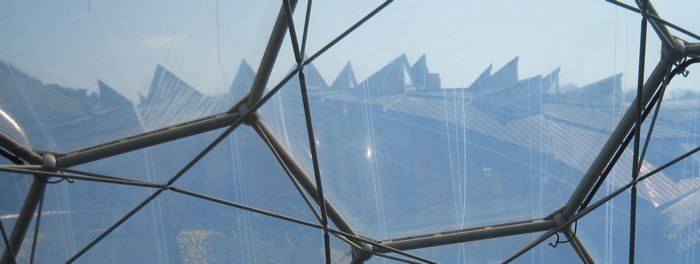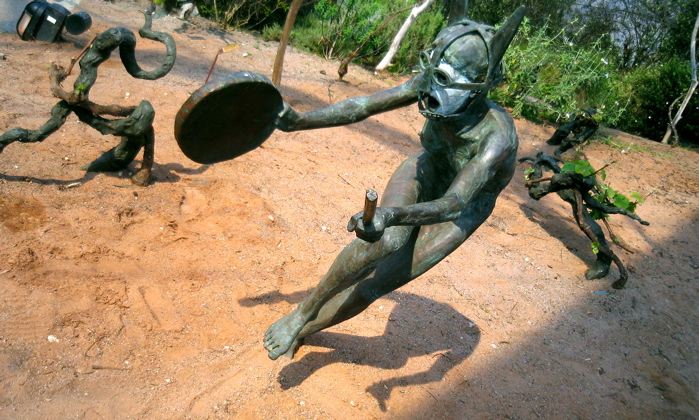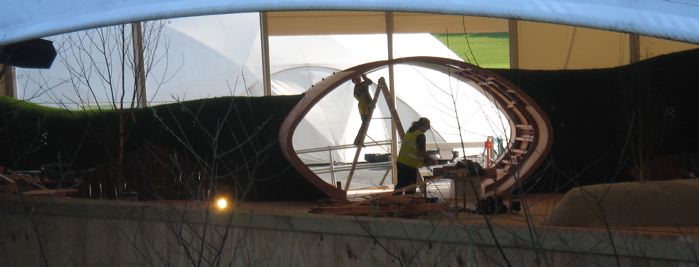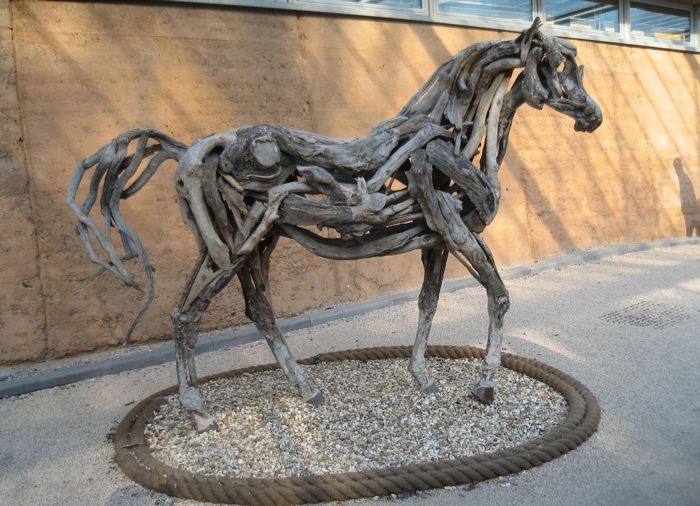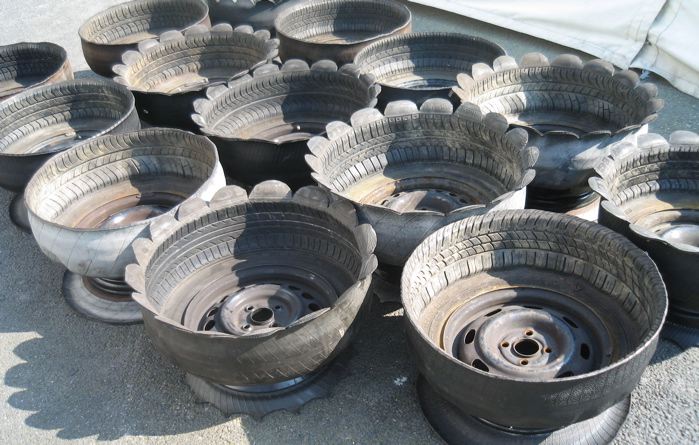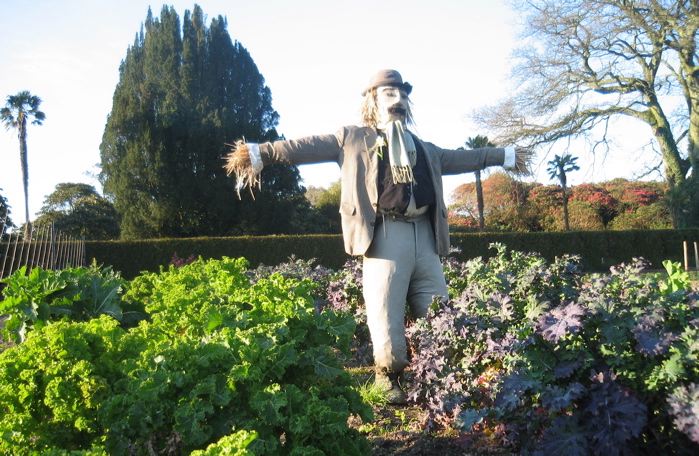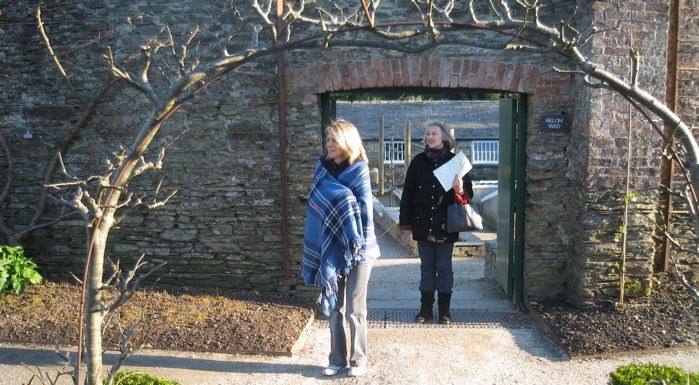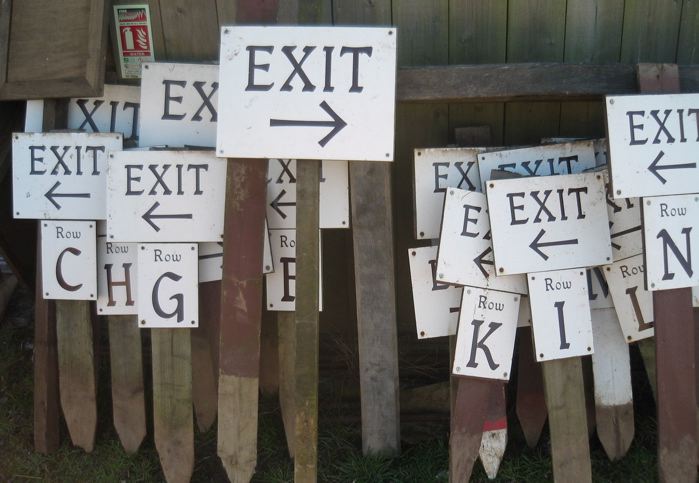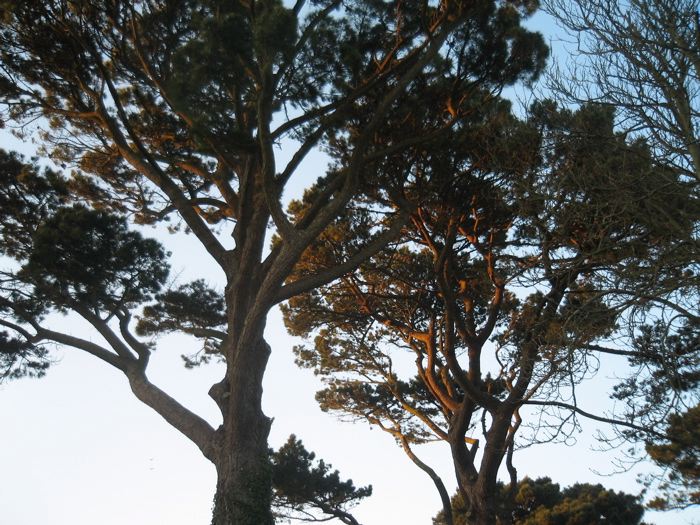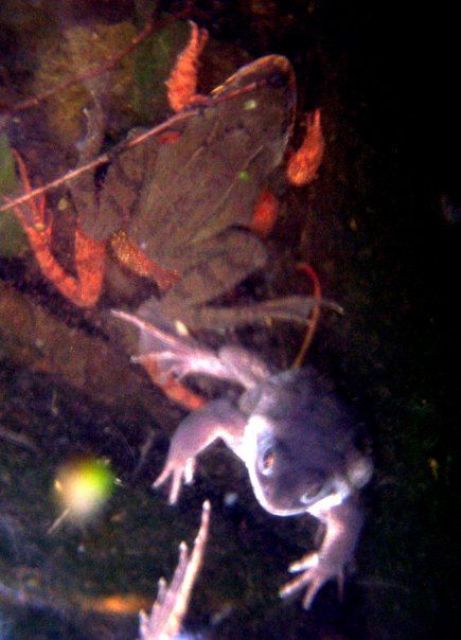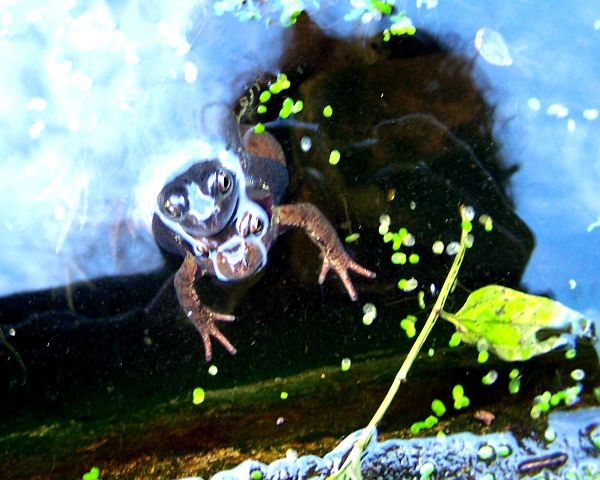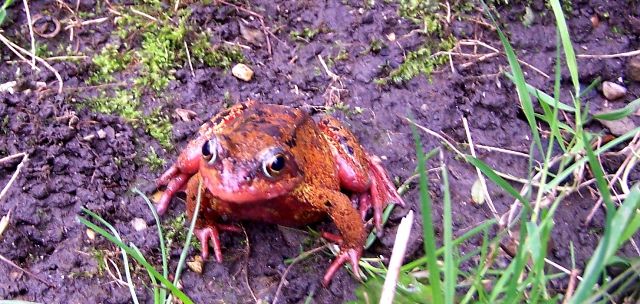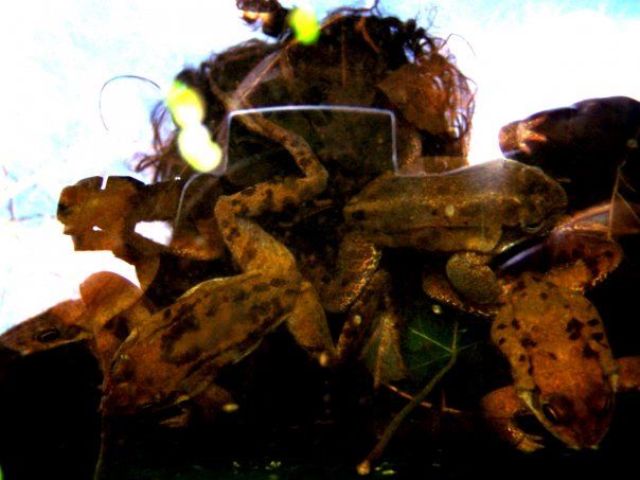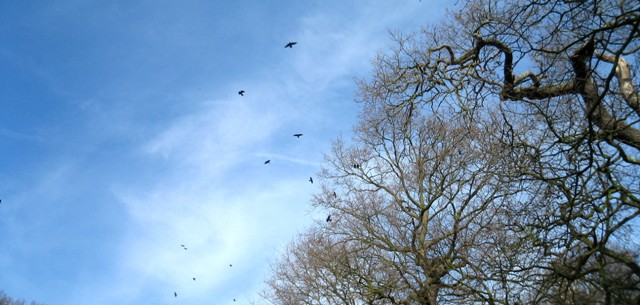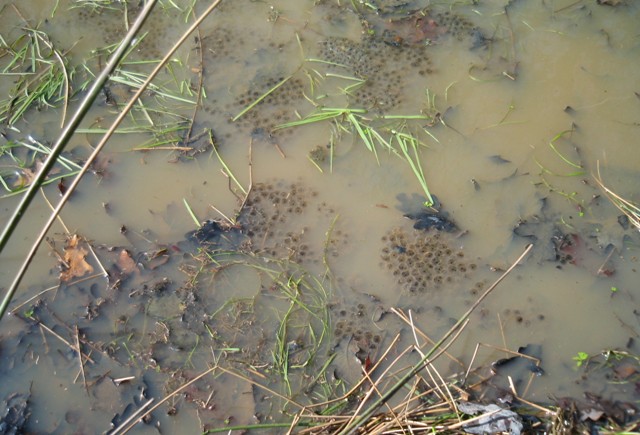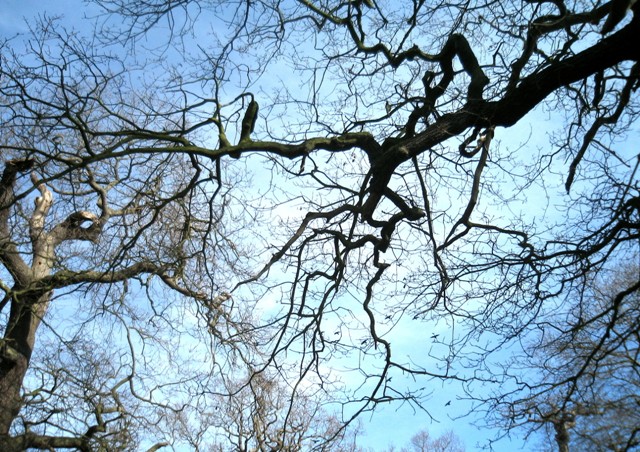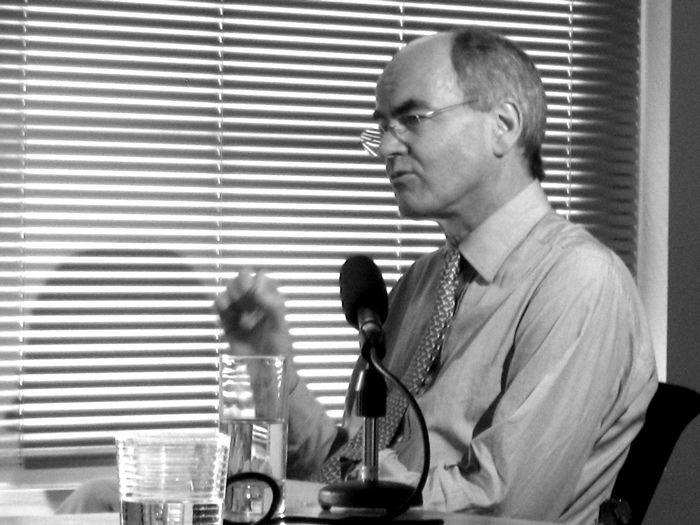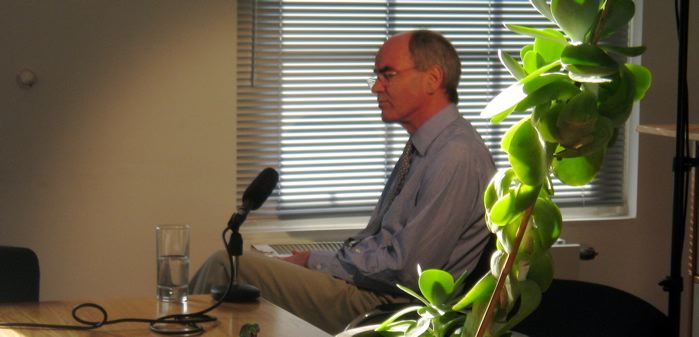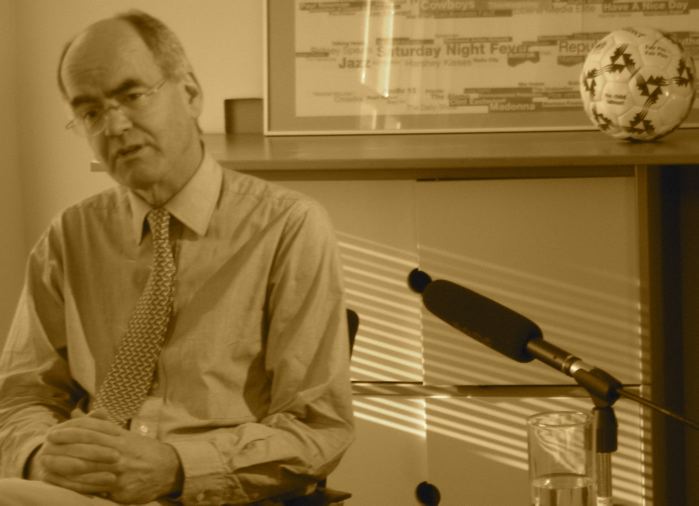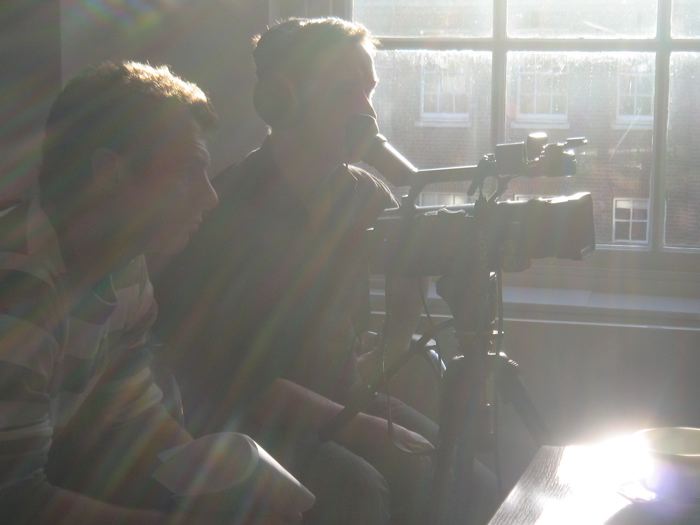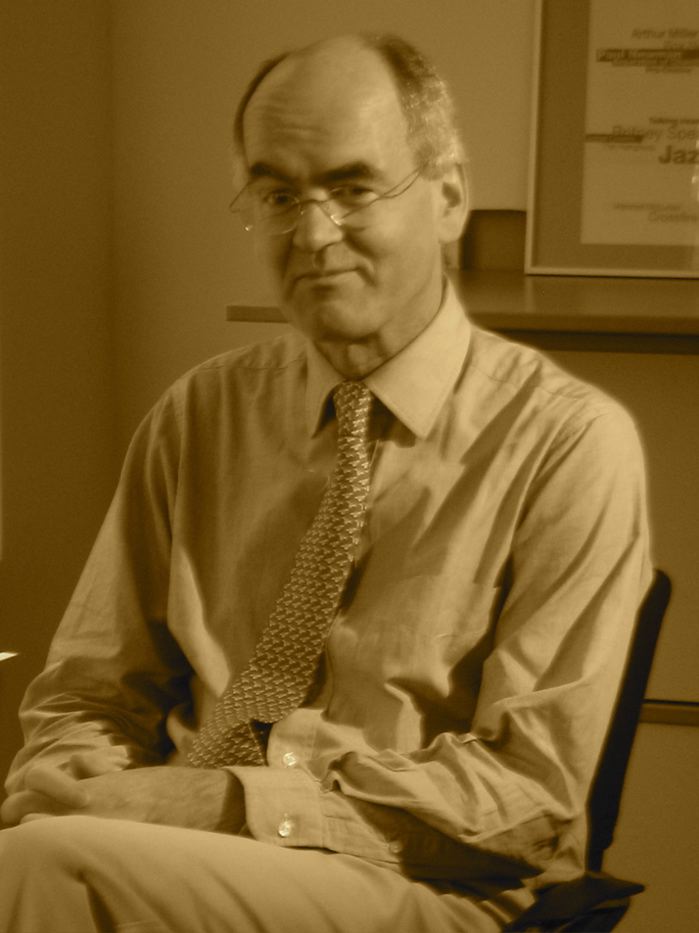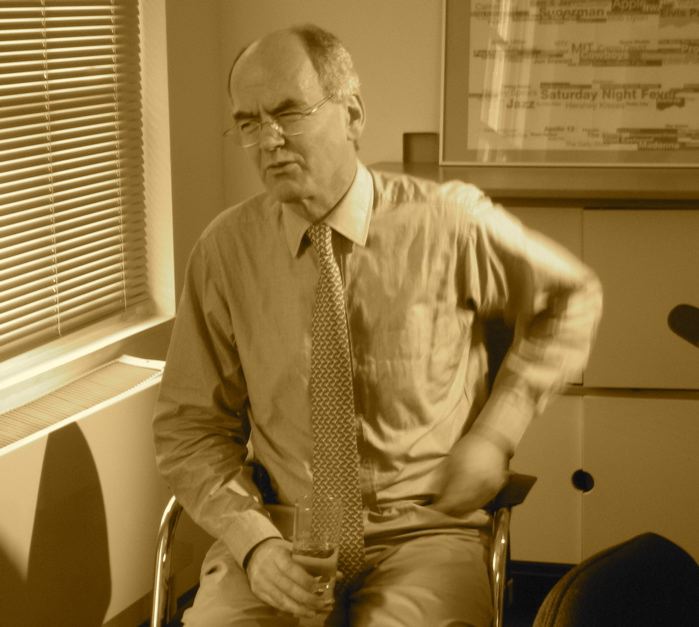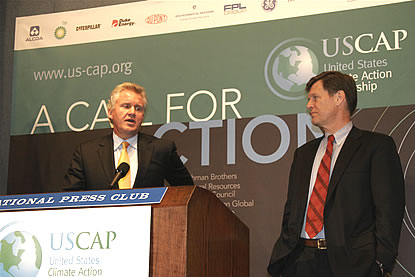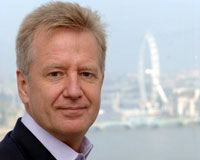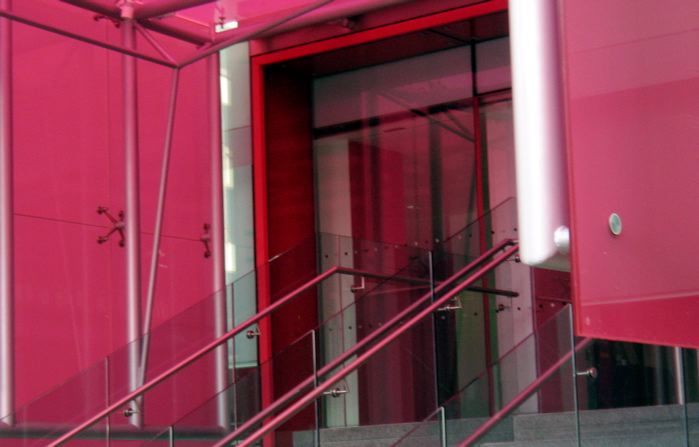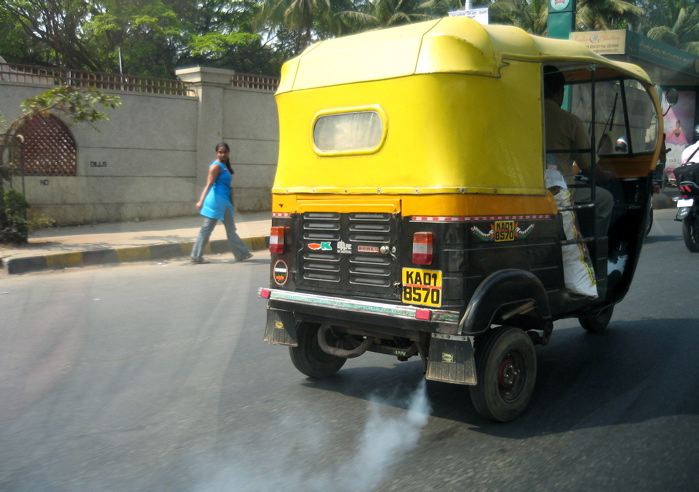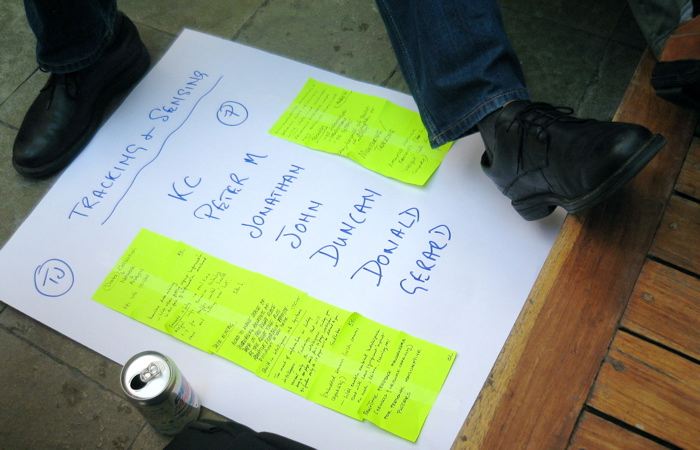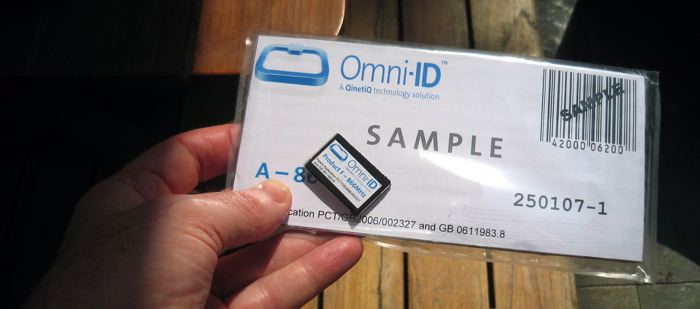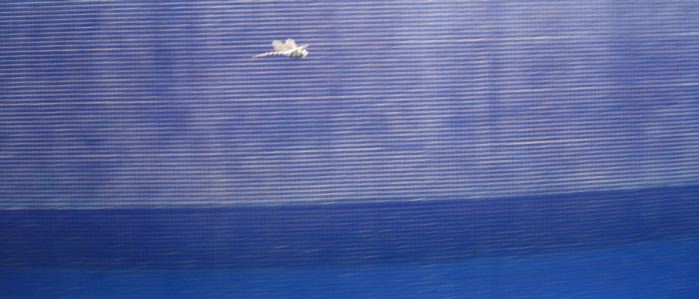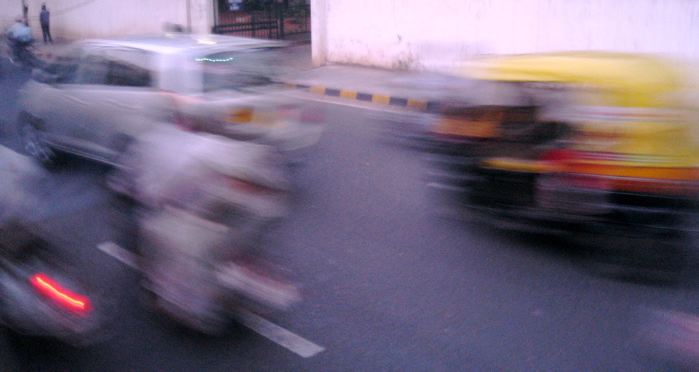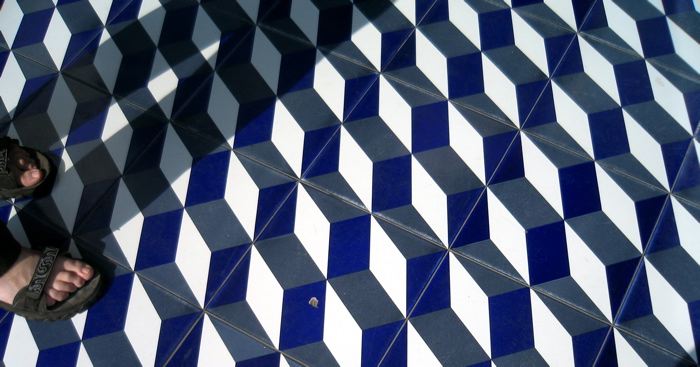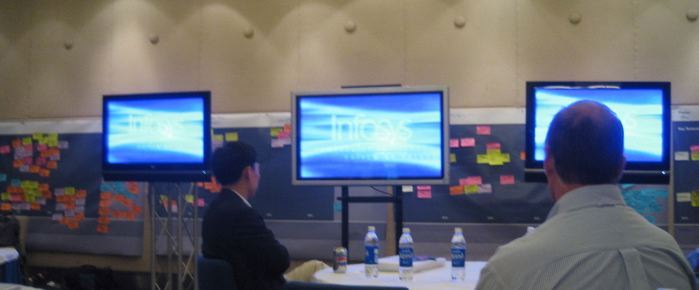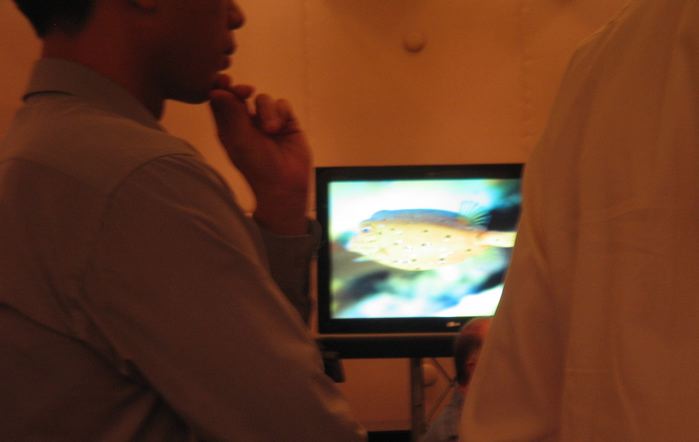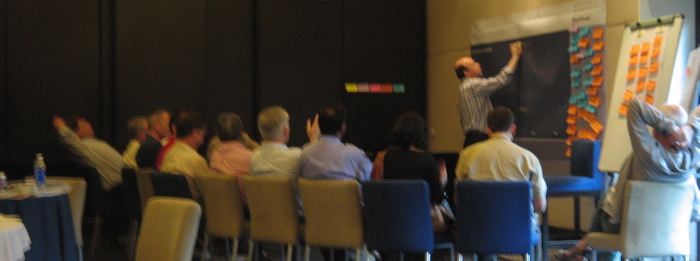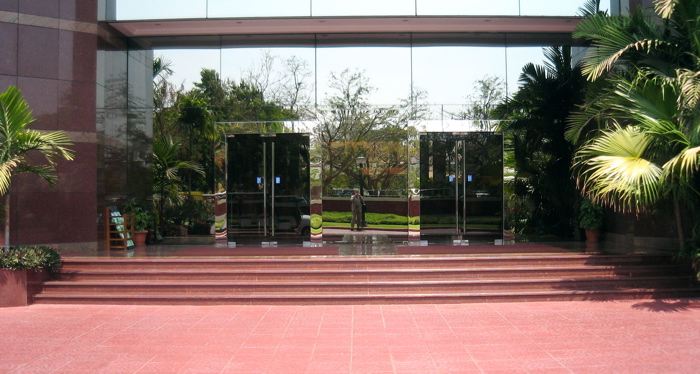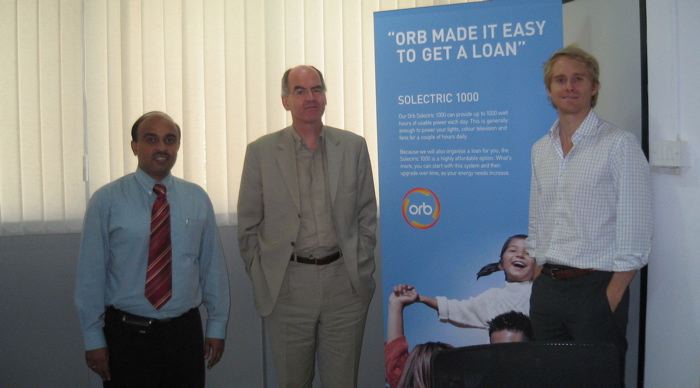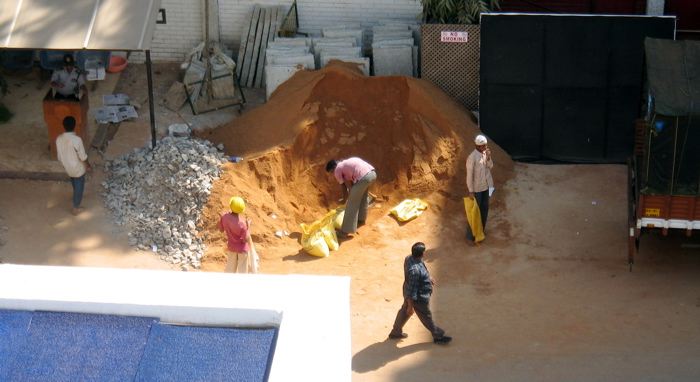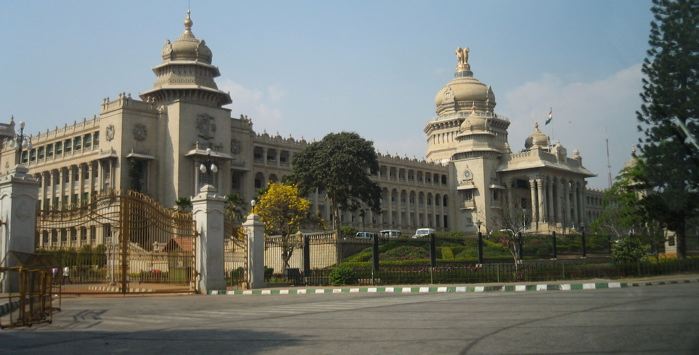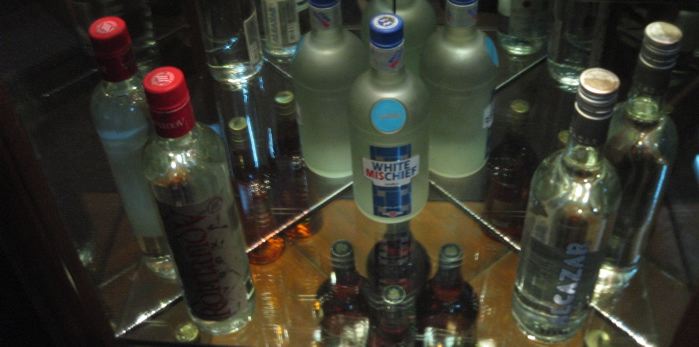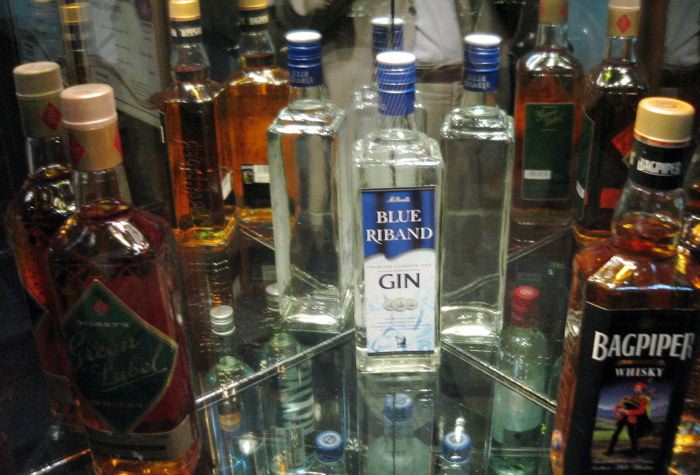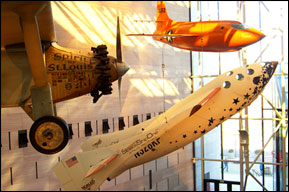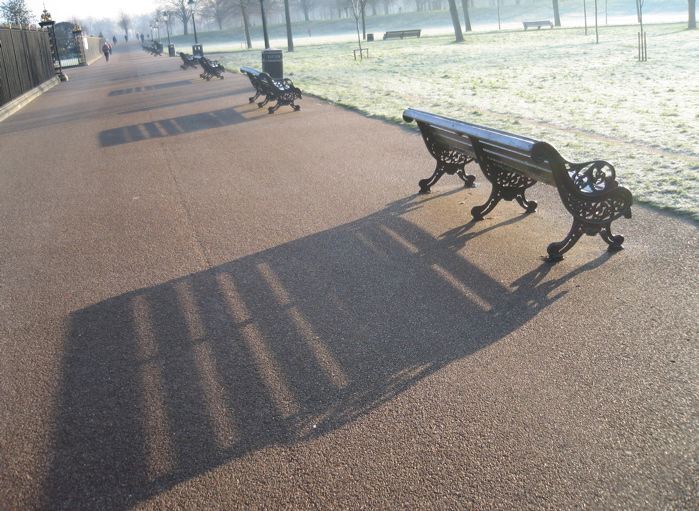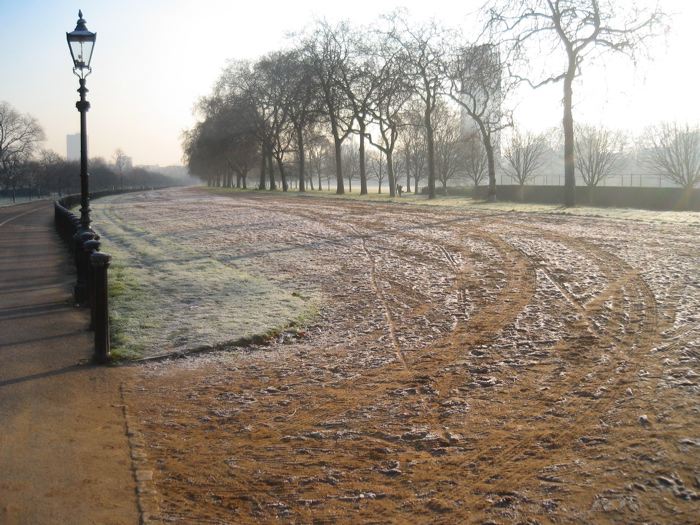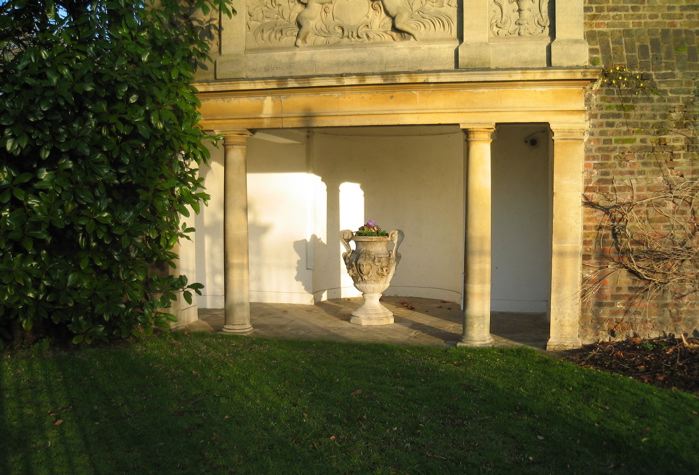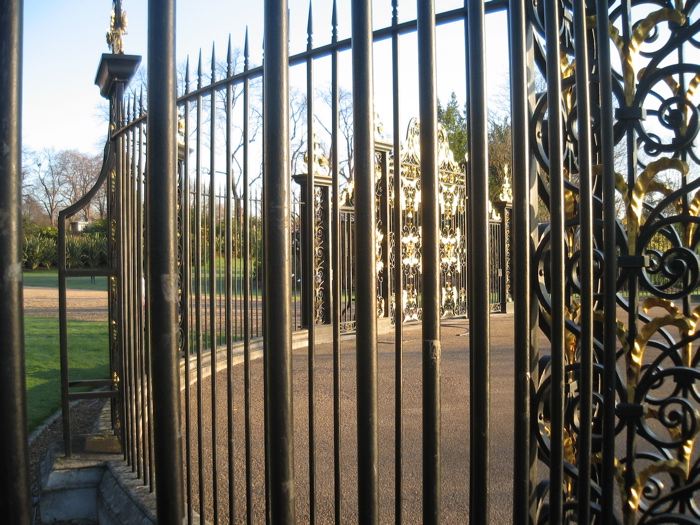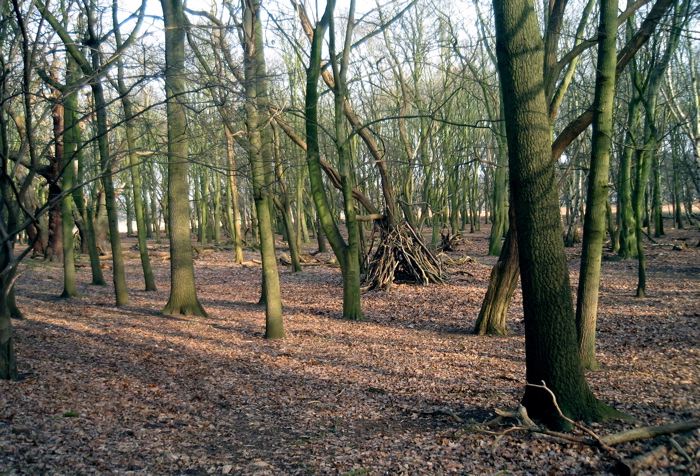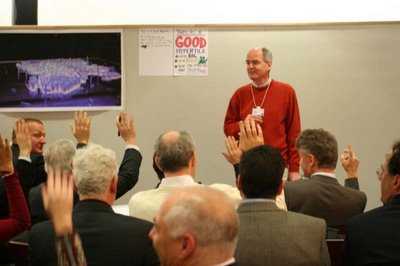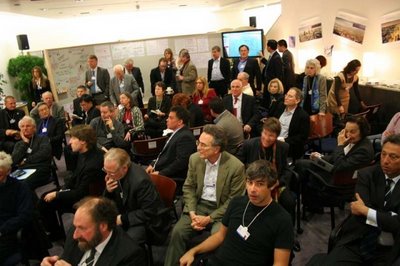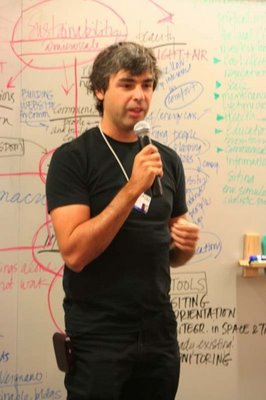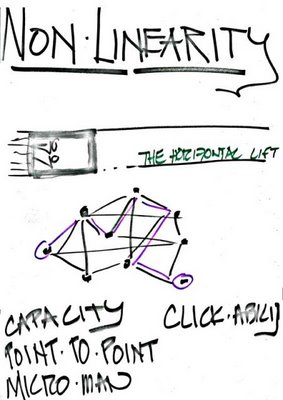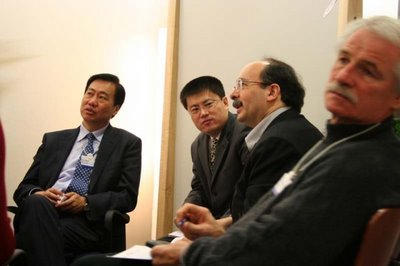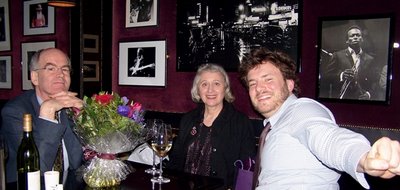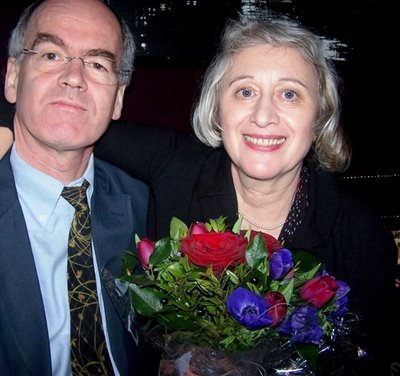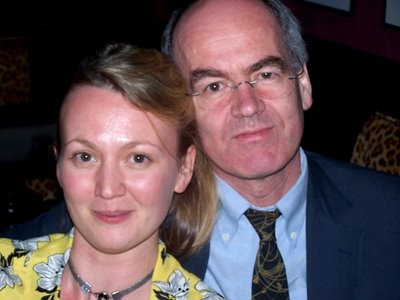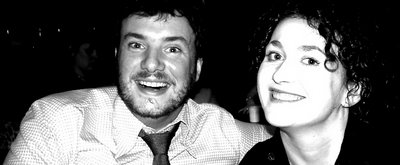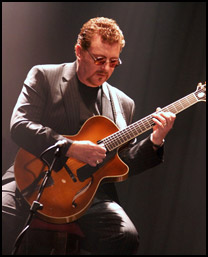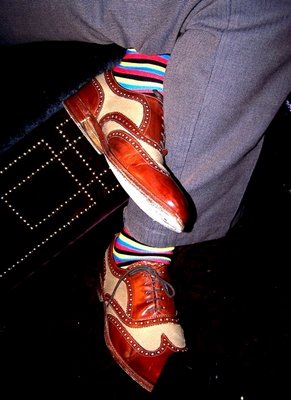Saturday, June 30, 2007
DINOSAURS ON WHEELS
Surprisingly, given the climate change focus of many of the Tallberg Forum sessions, we were surprised – and weirdly delighted – to see a seemingly endless parade of vintage gas-guzzlers, mainly American, passing through the village. Many of the drivers were heavily tattoed. Didn’t seem quite Swedish.
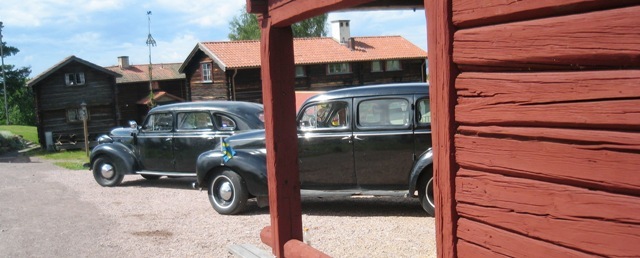
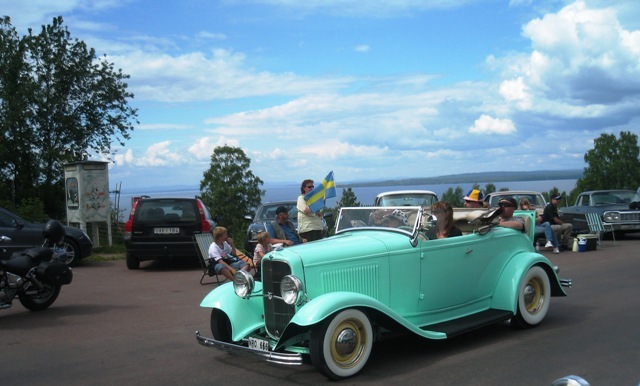
Friday, June 29, 2007
HOW ON EARTH CAN WE LIVE TOGETHER?
Elaine and I arrived at Arlanda airport on Wednesday, 27 June, expecting to find a bus. People who had been to the Tallberg Forum before saw no evidence of a reception committee or of a bus, so we raced across to catch a train – and rode two hours standing up in the corridor of a speeding train with hordes of young people headed towards the Swedish version of Glastonbury. Met a bunch of semi-familiar faces on the next train, to Tallberg itself, and arrived in wonderful evening sunshine. Borne away to hotel Akerblats by biofuel-powered Saab, then later walked down to the shore of Lake Siljan before collapsing into bed. Nice chat on the jetty with young man who had been swimming in the lake with his large black dog. Evening wonderfully fragrant of hay meadows and mock orange. Everything wildly picturesque.
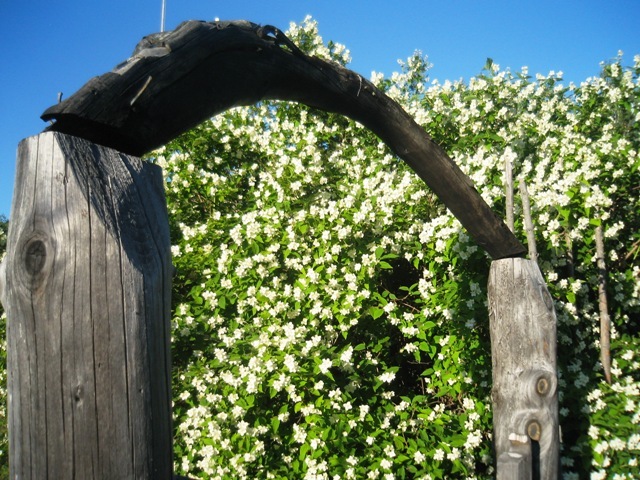

The big themes this year were climate change and sustainability. I was mainly involved in Track 1, where the question was: As the present path is not sustainable, what is? Sessions were subject to Chatham House Rule and no cameras injunction. Among those I was in harness with: Tariq Banuri of SEI, Nayan Chanda of the Yale Center for the Study of Globalization, James Hansen of the NASA Goddard Institute for Space Studies, Ruud Lubbers of the Netherlands Energy Research Centre, Jonathon Porritt of Forum for the Future, Peter Senge of the Society for Organizational Learning and Achim Steiner of UNEP. The process was so jam-packed that I ended up doing a very brief introductory session with Tariq and Alan AtKisson, and then handing over to the participants to ponder the question: What is sustainability? The session took off like a rocket.
For some reason, I felt frustrated and displaced through many of the sessions. Overall, a sense that there was more interest in talking about the issues than there was in hunkering down and thinking about solutions. Davos may have its faults, but it’s better organised and is enormously energised by the presence of large numbers of social and environmental entrepreneurs. Worth having gone, but the most interesting conversations flowed from accidental, serendipitous encounters walking to and fro from sessions – or, right at the end, when escaping from an overblown session in the Big Tent and chatting with a number of fellow refuseniks. Couldn’t help thinking that the Tallberg Forum is uncomfortably caught between its origins (since 1981) as a small, select and convivial gathering and its rapidly growing size and ambitions in recent years.

One of the most striking features of the event, for me, was the block of ice brought in from Greenland, and allowed to stand in the sun as the Forum proceeded. As it melted away, my sense of frustration grew. Then, weirdly, probably as a reaction, a thought train on some of the things I want to do over the next 2-3 years began to crystallise. More anon.


Sunday, June 24, 2007
WETLANDS WITH REED WARBLER
Had a wonderful walk with Hein and Elaine, in fitful rain, around the Barnes Wetlands Centre. Hein hugely moved to see a reed warbler in the reed-beds, something he has only heard before. We also saw the most amazing duck, with powder-blue beak and seemingly stitched together from different birds. Frogs croaking in the drizzle, including some we could see at fairly close quarters: brilliant green and quite rapt with each other, ignoring us entirely. Meadowsweet out in great froths and masses of orchids, too. Several herons and a stunning tern, airborne sculpture.
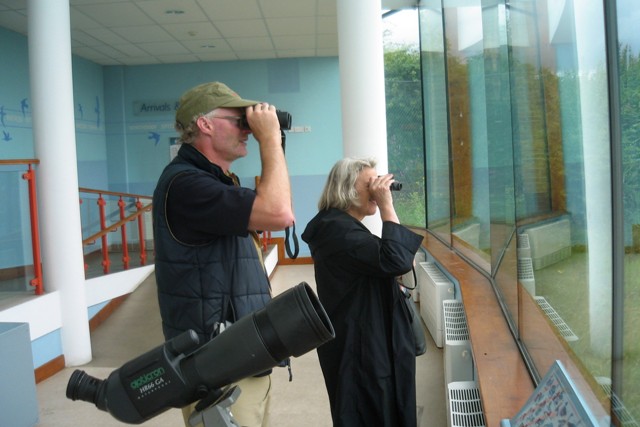
Hein and Elaine
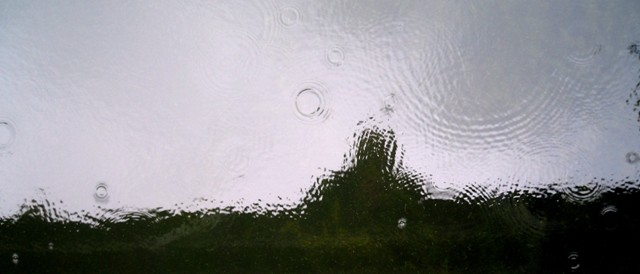
Me
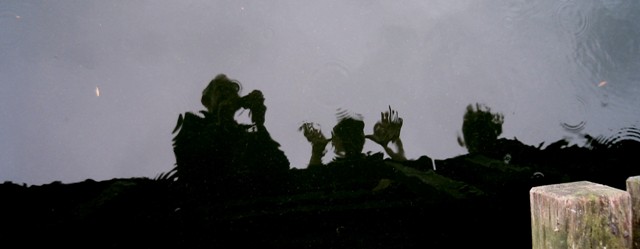
Us
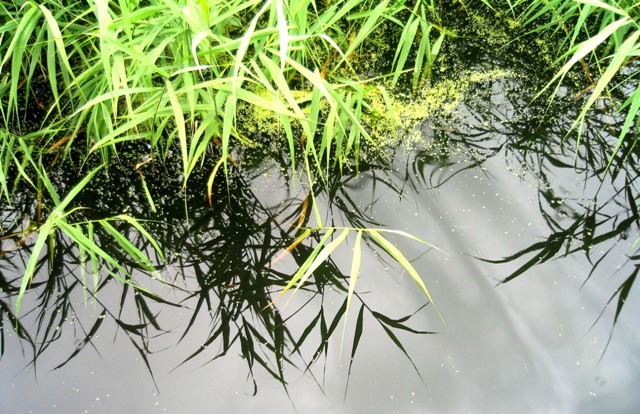
Reflections
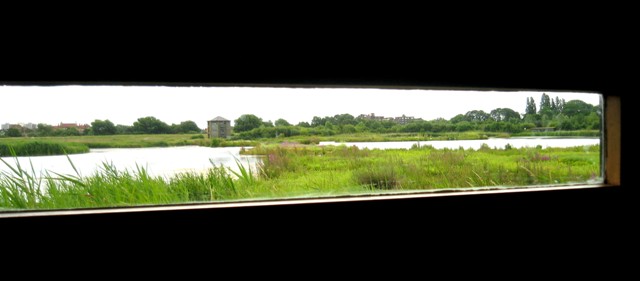
From a hide
Saturday, June 23, 2007
FIFTY-EIGHTED
Began my 58th birthday by opening a surprisingly large number of cards, including a wonderful one from the SustainAbility team, assuring me – with the aid of a white-coated scientist and graph on the font of the card – that research shows that birthdays are good for you, because we are now discovering that the more birthdays you have, the longer you live.
But one of the nicest images I have been sent in recent days came from my father, Tim, who sent this photograph of my mother, Pat, taken by my sister Caroline. It catches her essence, at least to my mind. She says that it is unduly flattering and reflects the fact that she was looking at Tim …
In the evening, Hein Sas – an old Dutch friend and colleague – arrived, as did Gaia and Hania, Doug and Margot Miller, and Ian and Tina Bruce, and we had a quite wonderful evening. One highlight: Hein brought me the most thunderous silver bicycle bell from Amsterdam, which I think would probably register on the Richter scale.
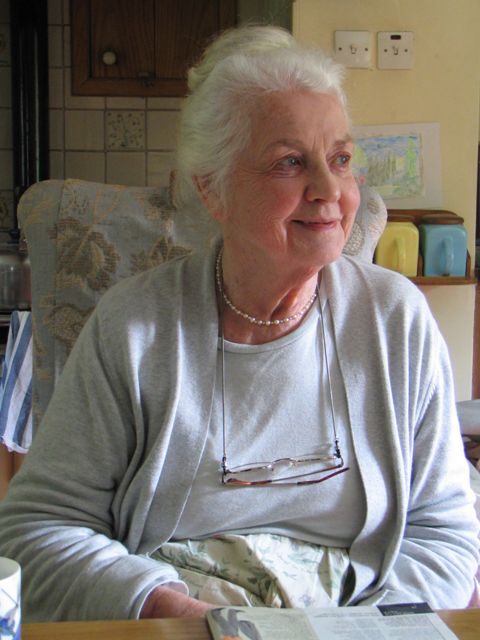
Thursday, June 21, 2007
CRASH
Had meant to work on the final version of the book at home today, but crashed into bed – mixture of effects of long-term travel, the Brazilian virus and, I’m told, generally doing too much. Could have slept for a week, easily.
Wednesday, June 20, 2007
IMPACT EVENT IN WINDERMERE
Spent the past couple of days on the edge of Lake Windermere, kicking off a very interesting conference held by Impact (http://www.impact-dtg.com/) on sustainable enterprise. Arrived very late on the Tuesday evening, in time to see rabbits scurrying around the country hotel’s lawns. Then the heavens opened, with great crashes of thunder and flashes of lightning. A mixture of Beatrix Potter and Bram Stoker. Fascinated to listen to (Lord) Michael Hastings, who did the session after mine. Explored the social and political dimensions of all of this is a very moving way. And bumped into Ray Anderson and his wife, of Interface, in the grounds, which was fun. He spoke at the same event. Still wrestling with the virus, though, and travelling by train is a bit of a nightmare – not just for me.
Monday, June 18, 2007
TOMORROW’S GLOBAL COMPANY LAUNCH
Spoke at the launch of the Tomorrow’s Global Company Inquiry report today, held at Reuters in Canary Wharf. For more details, see http://www.tomorrowscompany.com/global/news.aspx#newsitem19. My Brazilian virus was at work, though, and I had to chew throat pastilles constantly to keep from choking. Probably looked like a Chicago gangster.
Saturday, June 16, 2007
Across early to Editora Globo, the media group, with Cynthia Rosenburg (http://www.empresaverde.globolog.com.br/) – who Jodie (Thorpe) and I work with on our regular column for the new Brazilian business magazine Epoca Negocios (http://epocanegocios.globo.com/). Took part in a panel discussion, followed by photographic session for an interview for the magazine, then wonderful lunch some way away with Cynthia, Editorial Director Nelson Blecher and Ivan Martins, Executive Editor.
Then back to Hotel Transamerica with Cynthia, to do interview, after which I am called down from my room for photography session with long-haired Japanese photographer for a piece that is due to go in Revista Inevestimentos, then work on editing one of the chapters for our book (The Power of Unreasonable People), then into a taxi for dinner with Jodie at an excellent restaurant at the Casa da Fazenda do Morumbi. Wonderful old building, great food, then a walk under the stars among the jaboticaba, mangrove, avocado, magnolia and rosewood trees. The home of the Brazilian Academy of Art, Culture and History, the building houses some of the worst paintings I have seen in my entire life.

Illegal photo taken in lobby of Editora Globo building

Rupert

Ivan Martins and Cynthia Rosenburg

Blinkered

Mall roof on way out

Cats at the Casa da Fazenda do Morumbi

Gate in the gardens

Grill
Thursday, June 14, 2007
FUNBIO

Jodie and I were sped across Sao Paulo this morning to a conference at the British Centre organised by Funbio (http://www.funbio.org.br/publique/web/cgi/cgilua.exe/sys/start.htm?tpl=home&UserActiveTemplate=funbio_english), where I appeared as part of a panel of speakers for three hours or so – in front over 100 people from business, government, NGOs and the media. Funbio (the Brazilian Biodiversity Fund) is a non-profit organisation which received a $20 million grant from the Global Environmental Facility (GEF) some years back. I spoke about our experience with stakeholder engagement, both internally and during processes organised for clients. One of the questions we were asked by one of the discussants turned out to be a concealed question about Alcoa’s recent mishaps in relation to stakeholder processes in Amazonia, though I didn’t realise that till later. After lunch, we spent a couple of hours with Pedro Leitao, Funbio’s Secretary General, and his team, discussing how they might evolve in future. Partly sparked by the work SustainAbility did some years back in preparing the report The 21st Century NGO (http://www.sustainability.com/insight/research-article.asp?id=51).
Tuesday, June 12, 2007
HELICOPTERING AROUND SAO PAULO
Fascinating meeting of the International Advisory Board of Institute Ethos in Sao Paulo, Brazil (http://www.ethos.org.br/DesktopDefault.aspx?Alias=Ethos&Lang=pt-BR), yesterday and today. Then, this afternoon, Joao Gilberto Azevedo Santos of Ethos and I were helicoptered across to the HQ of Banco Bradesco for meetings with the Presidents and senior executives. Welcomed off the roof by Jean Philippe Leroy, who runs the market relations department, which combines investor relations with corporate social responsibility. One thing he told me during the visit: the bank offsets all its helicoptering via tree planting. Hmmm. But was impressed with the way the top brass handled my questions, from the work of their foundation and the climate impacts of air-conditioning, through efforts to control money laundering and invasions of privacy, to the number of people affected by bank robberies each year. One slightly odd observation: have only heard one distant siren of a police car here, in what is meant to be quite a violent city, whereas in London it’s every five minutes at times.
Then three of us were helicoptered back to the Hotel Transamerica for the opening of the Ethos annual conference, where Jodie (Thorpe) gave an excellent presentation on our new report, Raising Our Game, and I took part in the subsequent panel discussion chaired by Aron Cramer of BSR and featuring such folk as Ernst Lichteringen of GRI, Alice Tepper Marlin of Social Accountability International, Ricardo Young of Ethos and Simon Zadek of AccountAbility. One nice, seredipitous touch: Jodie noted that today, the 12th, is the Brazilian equivalent of St Valentine’s Day, which keyed in nicely with our favoured ‘Hearts’ scenario in the report.

Ricardo Young in full flow
NEW BUSINESS & HUMAN RIGHTS WEBSITE
One of my favourite social entrepreneurs is Chris Avery, the man responsible for developing the Business & Human Rights Resource Centre and related website, initially inside Amnesty International UK, and then as a spun-out, independent entity. Declaring a very real interest, I sit on the Centre’s Board of Trustees – and congratulate the team on their revamped website, which has been launched today at http://www.business-humanrights.org/Home
The new design makes it easier to:
· Search for a company and check its human rights record – with over 3600 companies covered
· Stay up-to-date with ‘News’ and ‘Feature of the week’ on the homepage
· Check how companies are responding to concerns raised about their conduct
· Explore the archive of news & reports on over 160 sectors; 180 countries; 160 issues
· Access ‘Special resources’, including all materials by UN Special Representative John Ruggie
· Sign up for free Weekly Updates.
Monday, June 11, 2007
20 YEARS ON FROM BRUNDTLAND
Given that 2007 is the twentieth anniversary of the Brundtland Commission report, Our Common Future, which helped put the concept of sustainable development on the international agenda, it is hardly surprising that SustainAbility has found itself involved in a growing number of events and projects designed to look back, assess progress and then look forward. One of these has been our Raising Our Game project, whose report is now downloadable from our website (http://www.sustainability.com/raising%2Dour%2Dgame/). Separately, a two-part SocialFunds.com article on the theme can be found at http://www.socialfunds.com/news/article.cgi/2308.html
Sunday, June 10, 2007
THE ROAD
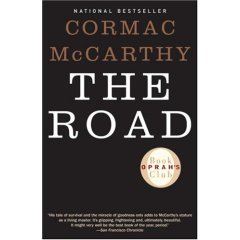

I picked it up in the Shaman Drum bookshop in Ann Arbor recently, because I had heard such good things about it. Then I picked it up again as I left home yesterday for the airport – and read it on the flight to Brazil. And I can’t rememember when a book hit me as hard as The Road, by Cormac McCarthy. One that did, which I read back in the late 1960s, was Earth Abides by George R. Stewart. The theme of both books is post-apocalytpic, but McCarthy’s book reads like the very best poetry. Unputdownable. It’s one of the most powerful love stories I have come across, in this case between man and son.
If it is often easier to explain unsustainability than sustainability, this is a treatise in the bleakest unsustainability. A personal journey through the civilizational disintegrations painted on a bigger canvas by Jared Diamond in his book Collapse. And yet the final paragraph of The Road, which in a way twists the knife, is one of the most beautiful distillations of sustainability I have come across – reminding me of afternoons alongside streams like the Windrush in Gloucestershire and rivers like the Stour in Dorset.
Friday, June 08, 2007
SURREAL
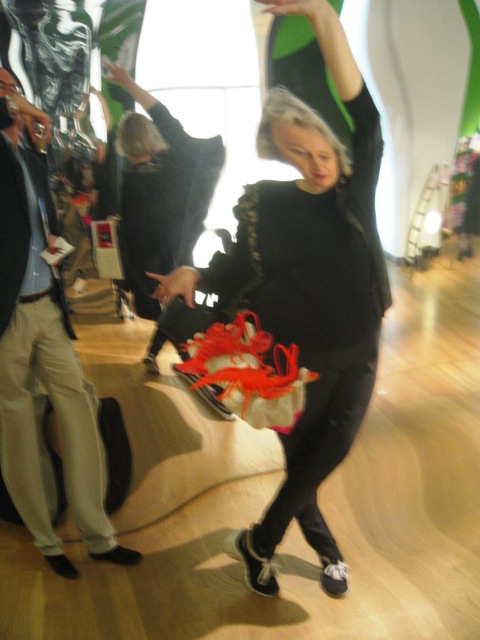
Elaine
Elaine and I went to the ‘Surreal Things’ exhibition at the Victoria & Albert Museum today. Had fun with the distorting mirrors, but the thing that stuck in my mind was the wheelbarrow cushioned in pink satin by Oscar Rodriguez. Was it a wheelbarrow or a richly upholstered couch? And that put me in mind of the article in the latest issue of Harvard Business Review by Roger Martin, dean of the Rotman School of Management at the University of Toronto – who I know via his membership of the Skoll Foundation board. His forthcoming book, The Opposable Mind, argues that – like the human opposable thumb – the mind of a great leader can hold opposing ideas in tension at the same time, seeking a better synthesis. That’s a skill we need at SustainAbility, for example, as we try to balance the imperatives of growth with those of influence.
Then we head across to see the new Whole Foods store in the old Barkers building in High Street Kensington, a block from where SustainAbility had an office before we moved to Hyde Park Corner and then on to Holborn. The Whole Foods Market approach is quite impressive (American version of quite) – see http://www.wholefoodsmarket.com//UK/pressroom/pr_06-06-07.html.
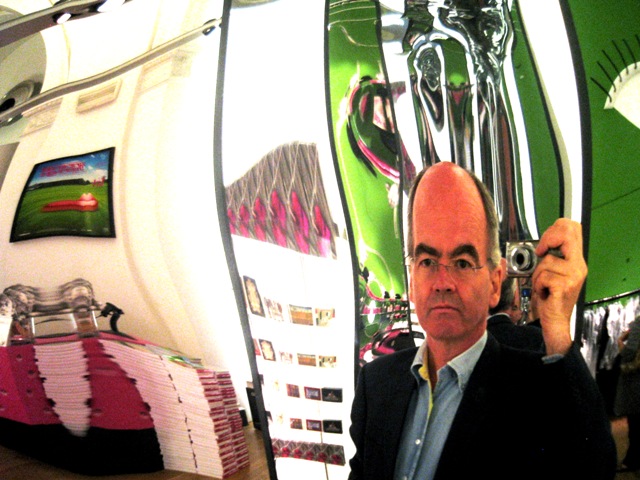
Egghead
Wednesday, June 06, 2007
DIRECTOR COLUMNS
Some of the columns I have written for Director magazine can be found at http://www.director.co.uk/INDEXES/Comments/John_Elkington.html.
Monday, June 04, 2007
UN GLOBAL 500
One of the highlights of the last twenty years was when Julia Hailes and I were elected to the UN Global 500 Roll of Honour, in 1989. Received a note today to say that it is celebrating its twentieth anniversary, like SustainAbility. More at http://www.global500.org/
Friday, June 01, 2007
LOW CARBON JUDGEMENT DAY
Spent much of the day chairing the judging panel for the CARS NOT CARBON competition for advertising and marketing campaigns designed to promote ‘greener motoring.’ Organised by the Low Carbon Vehicle Partnership (http:/www.lowcvp.org.uk). My camera battery died part-way through, because I failed to charge it last night after the launch of our Raising Our Game report, which truncated my visual record. Still, Simon Baines of Satellite Marketing took a bunch of photos, so may post some of those when they come throught.
The judges came from such organisations as BP, DEFRA, Ford, The Guardian, Leo Burnett, McCann Erickson, Toyota and Transport 2000. The categories included: Smarter Driving; Low Carbon Fuels; Responsible Vehicle Use; Responsible Low Carbon Business Transport; Low Carbon Passenger Cars; and Low Carbon Vans. We judged as our barge cruised around the Grand Union Canal. T he results will be announced at a conference at the DTI Conference Centre on 28 June.
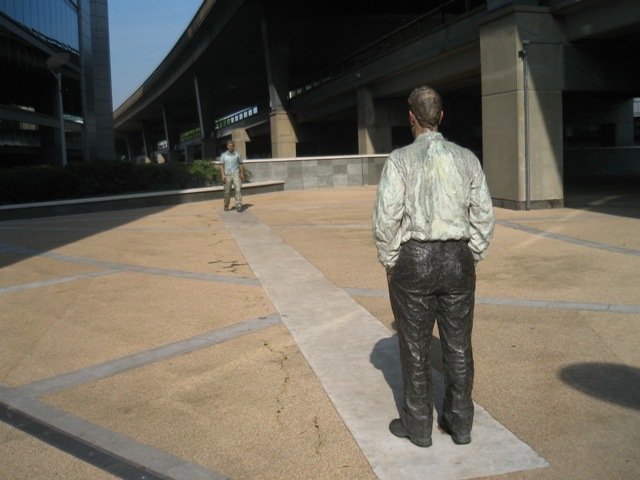
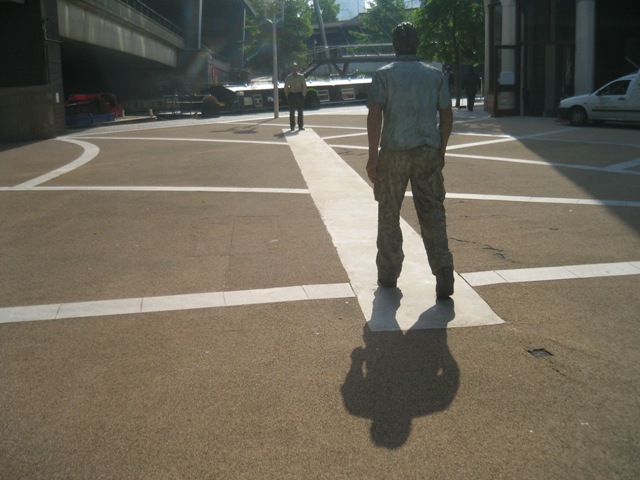
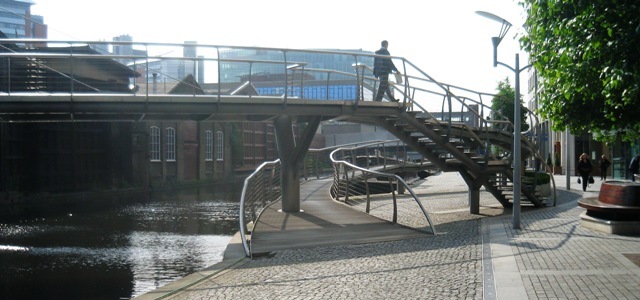
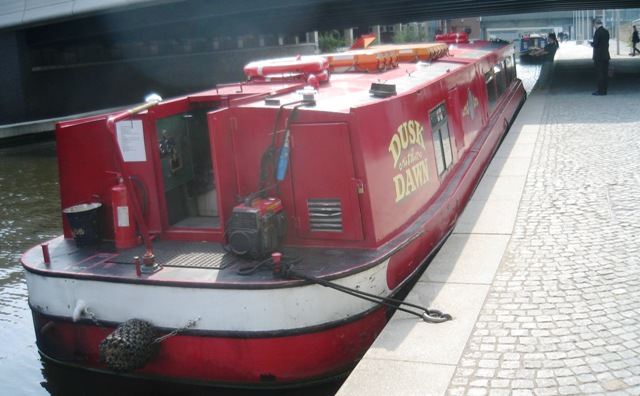
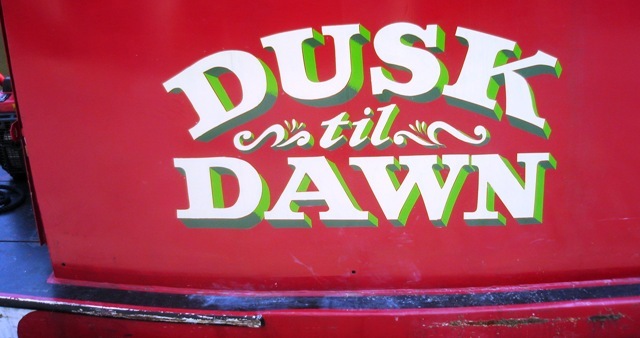

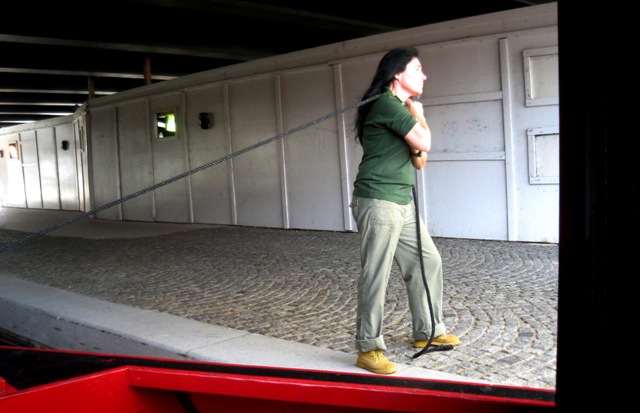
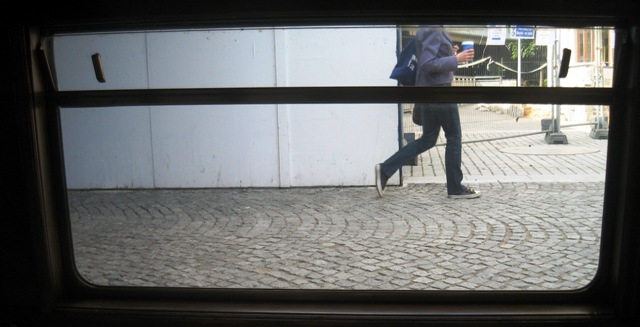

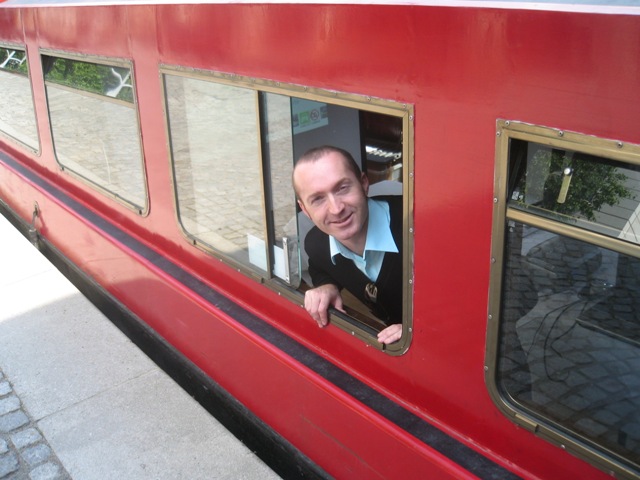
STICKING YOUR FINGER IN A POWER PLUG
Well, delightfully, I get top billing in the latest issue of Skoll eNews (http://www.skollfoundation.org/newsletter/053107.htm). An exerpt:
Long before “corporate responsibility” was considered de rigueur, SustainAbility was telling corporations they needed to consider the economic, social and environmental impacts of their products. In fact, John Elkington, founder and chief entrepreneur of SustainAbility coined the term “triple bottom line” back in 1994.
Today, as the London-based consulting firm celebrates its 20th anniversary, it has moved to a powerful new agenda. Working with the Skoll Foundation, it is probing the ways that social entrepreneurs reframe seemingly impossible challenges such as health care and climate change as opportunities, shaking up entrenched systems and offering innovative new models. The report that SustainAbility released at the Skoll World Forum on Social Entrepreneurship in March 2007, “Growing Oppportunity: Entrepreneurial Solutions to Insoluble Problems,” is the first in a series of annual surveys, papers and workshops about social entrepreneurship funded with a $1 million, three-year field-building grant from Skoll.
The partnership seeks to accelerate the development of the field of social entrepreneurship by building bridges between social enterprises, businesses and financial markets. It will explore and address the challenges social entrepreneurs face, identify best practices and help build awareness of social entrepreneurship among business and financial communities, where connections can help advance the work of social entrepreneurs.
“People want to see creative, innovative, scalable solutions to problems. That’s why we are delighted to be involved with social entrepreneurs,” explains Elkington. Interacting with these energetic individuals is, he says, “like sticking your finger in a power plug.”
To subscribe to the newsletter, go to www.skollfoundation.org and enter your address in the Skoll eNews box at the bottom of the page.

